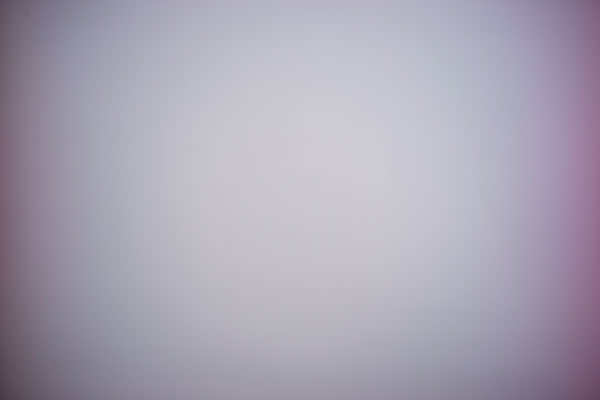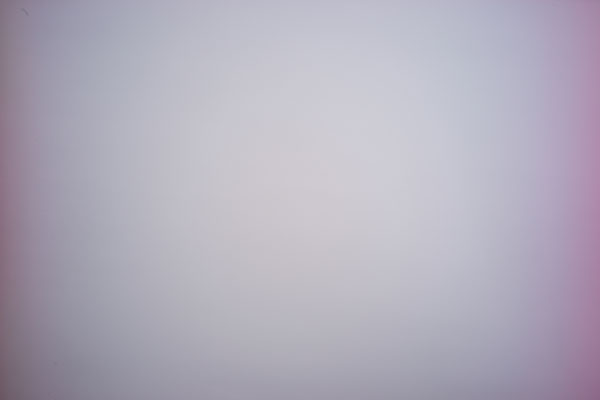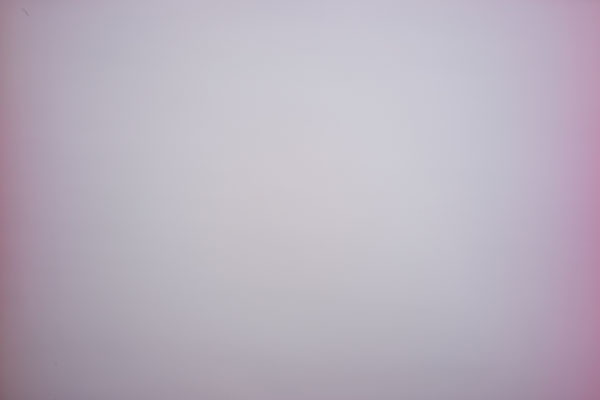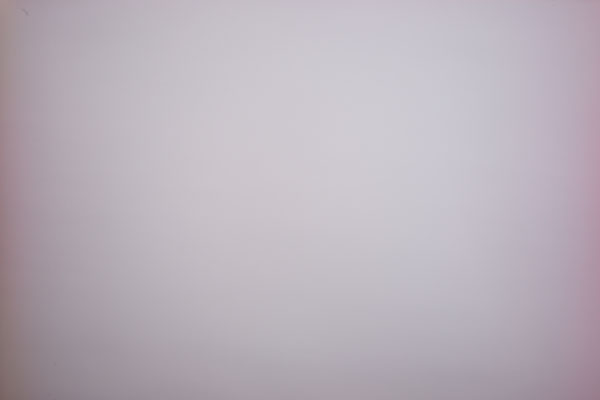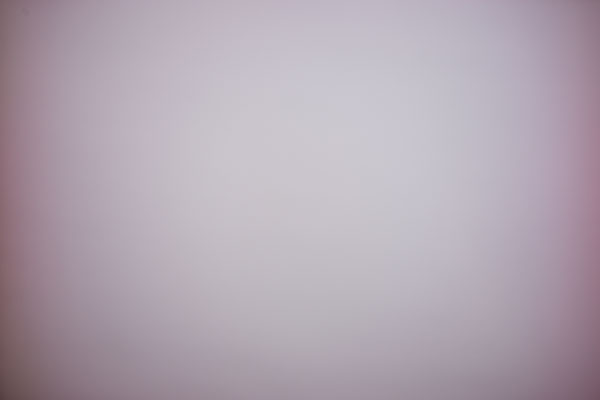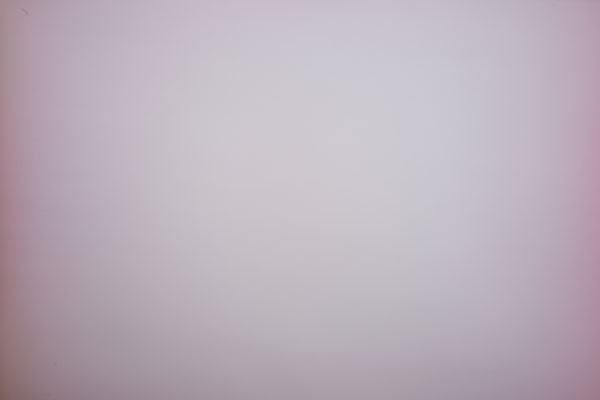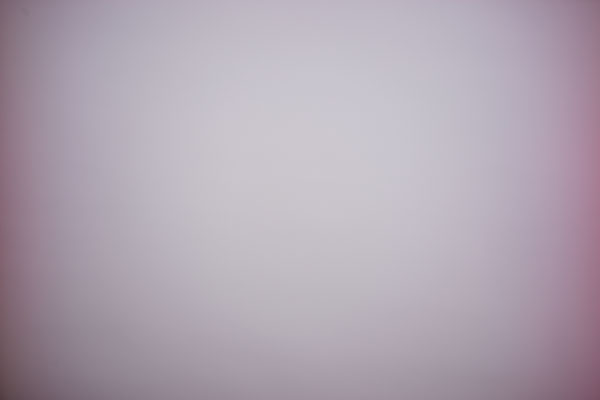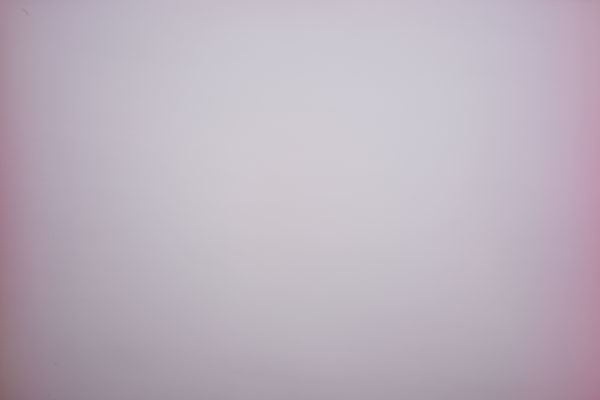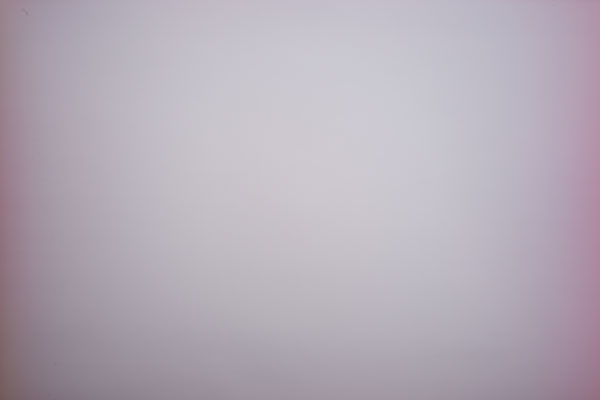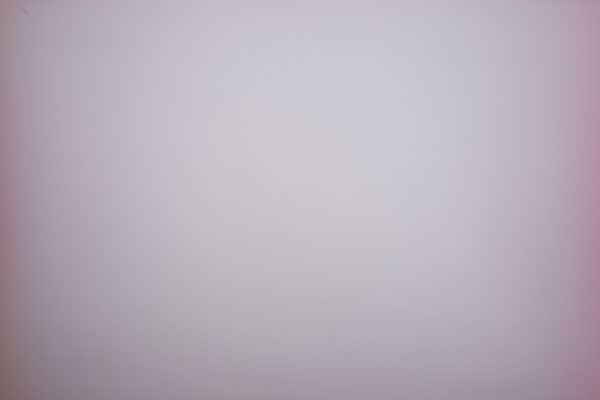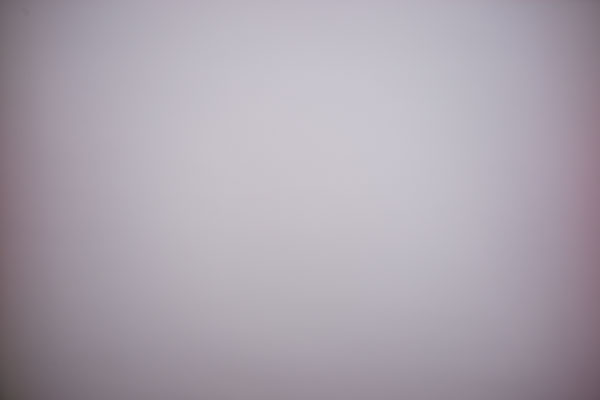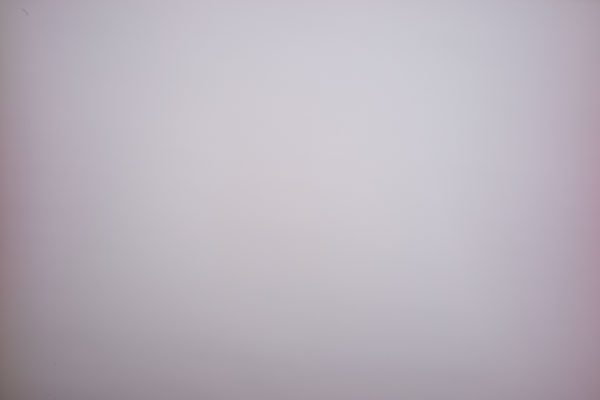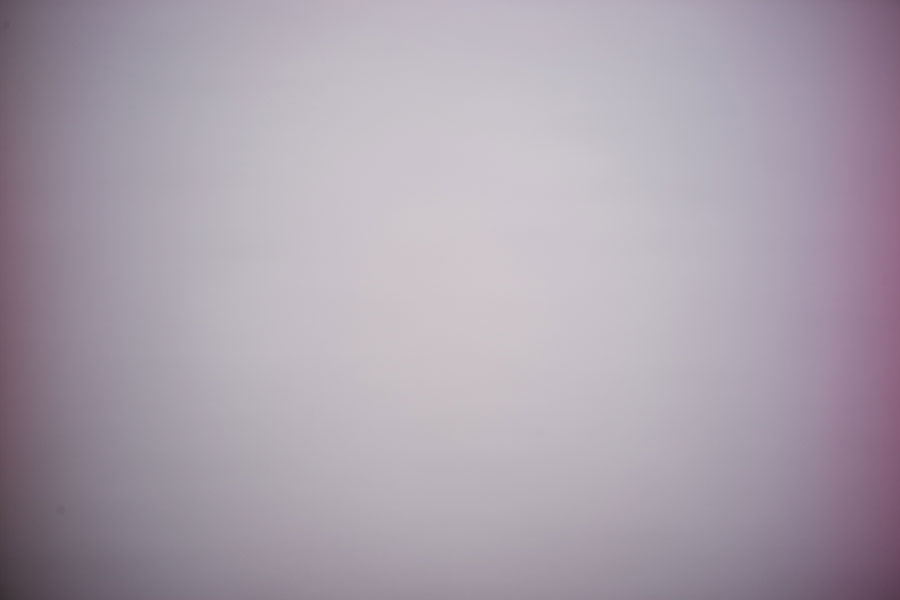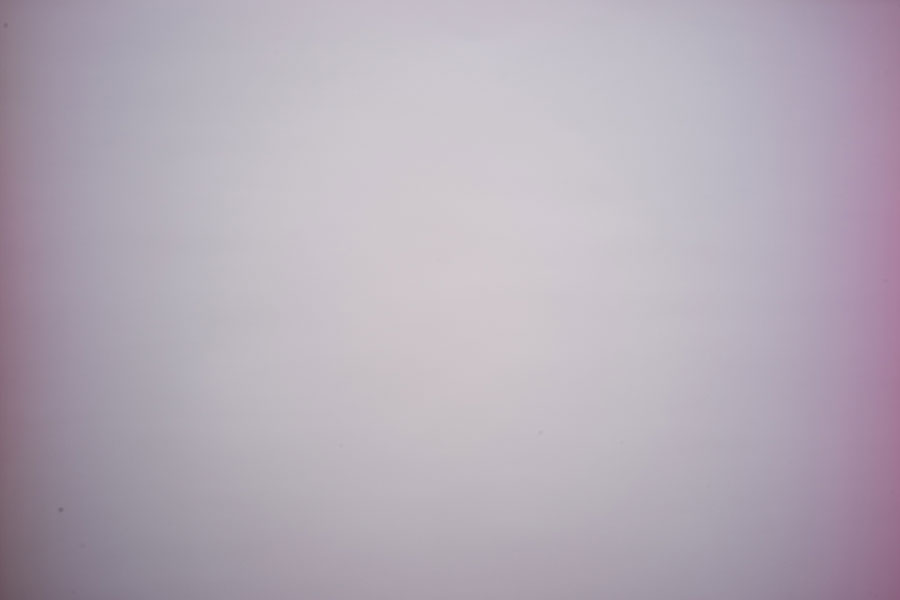Leica M (Typ 240): Voigtländer 25mm f/4 (M39)
Introduction | Body with Lens Attached | Some Technical Data | Color Shading and Vignetting | Comparing Two Lens Detection Settings with Real-World Photos | Using Cornerfix to Remove Color Shading | Sample Images | Close-Up Behavior | Conclusions | Links
Archive
| Note: At the end of 2016, I decided to sell or give away my Voigtländer Snapshot-Skopar 25mm f/4.0 Pancake lens in favor of the Leica Elmar-M 24mm f/3.8 ASPH. lens in order to have less trouble and work with color shading. I gave it away in mid-January 2017 and finally sold it in November 2020. I am therefore no longer able to update this page or to answer questions about this lens. |
I bought most of my M-mount (and M39) lenses for use with the Ricoh GXR M-mount expansion unit, at which they are used with a crop factor of 1.5 x. But I always wanted to also use these lenses "as intended" and was therefore looking for a full-frame camera body for quite some time. Finally, at the end of October 2015, I purchased a used Leica M (Typ 240) as the "body" for my M-mount lenses. On these pages you can find my first personal experiences with the lenses at the Leica M (Typ 240). This page is devoted to the Voigtländer Snapshot-Skopar 25mm f/4.0 Pancake lens that I bought used. This is not an M-mount lens, but a M39 one - it has to be used with an LTM adapter at the M-mount expansion unit or the Leica M (Typ 240).
All lens pages: Voigtländer 15mm f/4.5 | Voigtländer 15mm f/4.5 III | Zeiss Biogon 21mm f/4.5 | Leica Elmarit-M 21mm f/2.8 ASPH. | Leica Elmar-M 24mm f/3.8 ASPH. | Voigtländer 25mm f/4 (M39) | Minolta M-Rokkor 28mm f/2.8 | Zeiss Biogon 35mm f/2.8 | Zeiss Sonnar 50mm f/1.5 | Voigtländer 75mm f/2.5 (M39) | Leitz Hektor 85mm f/2.5 (M39) | Leitz Elmar-C 90mm f/4 | Leitz Tele-Elmarit-M 90mm f/2.8 | Leitz Tele-Elmar 135mm f/4
See also: Leica Elmar-M 24mm f/3.8 ASPH. versus Voigtländer 25mm f/4 (M39) - Leica Elmar-M 24mm f/3.8 ASPH.
Introduction
Why I Bought this Lens...
After I had purchased the Zeiss Biogons 21mm and 35 mm, I found that there was still a gap that should be closed. At the Ricoh GXR, the 21 mm lens comes close to a classic 28 mm lens, while the 35 mm corresponds to a normal lens between 50 mm and 55 mm. Thus, I was looking for something in the range of a classic moderate wide angle lens of 35 mm. Since the 25 mm Zeiss lenses were beyond what I wanted to pay, and even the price of the Voigtländer 25 mm pancake lens appeared to much for me, I looked for a cheaper option and found it in the Minolta M-Rokkor 28mm f/2.8. But with its 42 mm equivalent focal length, it was actually a "short" normal lens. I therefore pursued this issue further and hit, more or less by accident, on the Voigtländer Snapshot-Skopar 25mm f/4 Pancake lens, which received quite favorable reviews. Probably, I did not consider it in the past because it is a screw mount (M39) lens. But since I had bought already a screw mount lens (a Voigtländer Color Heliar 75mm f/2.5 lens), which worked well with an LTM adapter, just before, I no longer had any reservations as to buying a screw mount lens. So I purchased a used one via ebay in mid-June 2014.
The Lens
Below are photos taken by the previous owner who sold the lens (including a Voigtländer LTM adapter) in a very good condition:
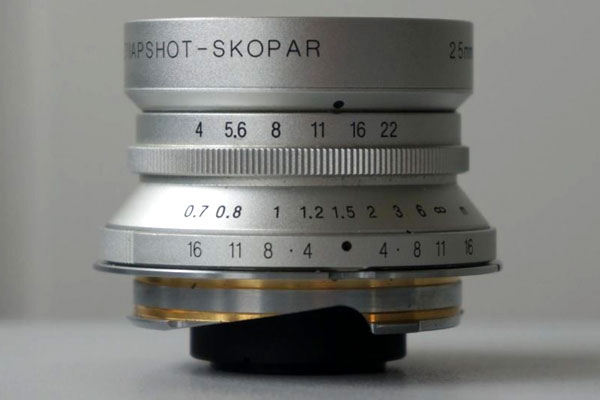 |
 |
Photos: Voigtländer Snapshot-Skopar 25mm f/4 Pancake (Photos taken by the previous owner)
And here are some quick-and-dirty photos of my own:
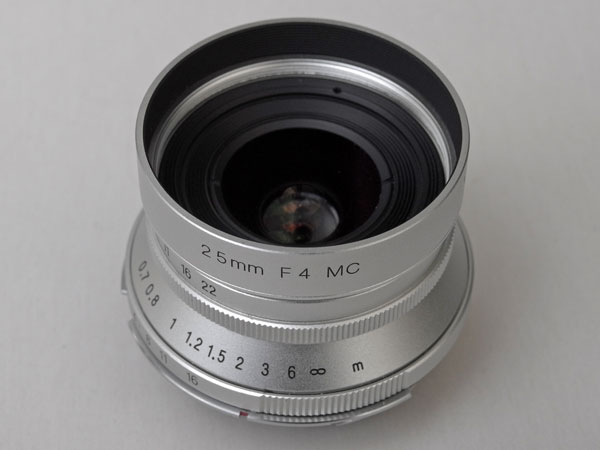 |
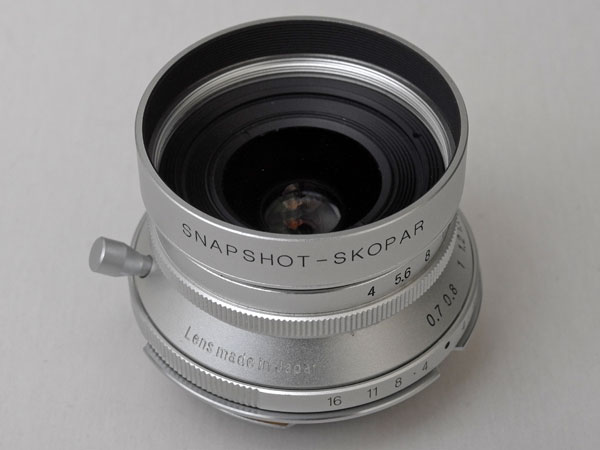 |
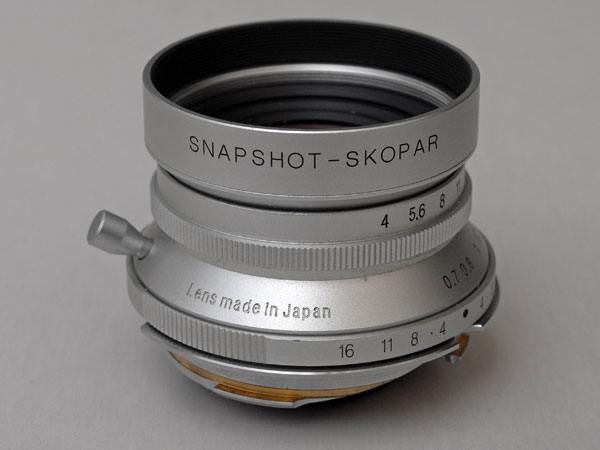 |
||
With LTM adapter |
||||
 |
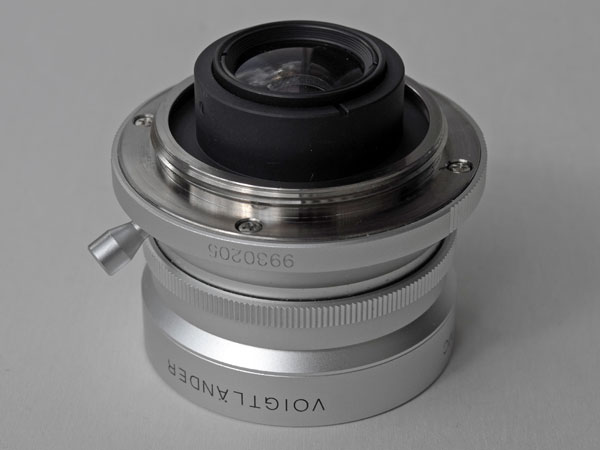 |
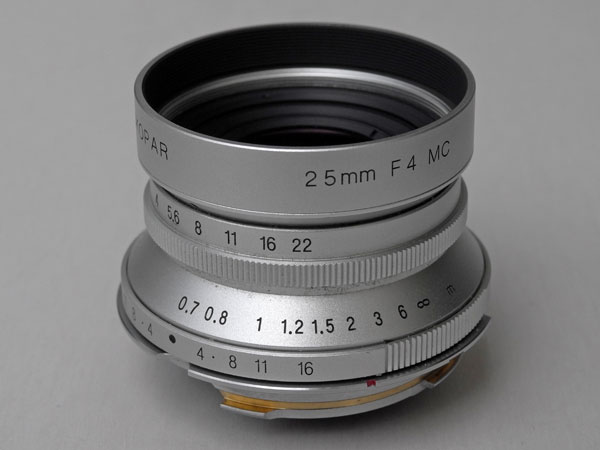 |
||
With LTM adapter |
Screw mount (M39) visible |
With LTM adapter |
||
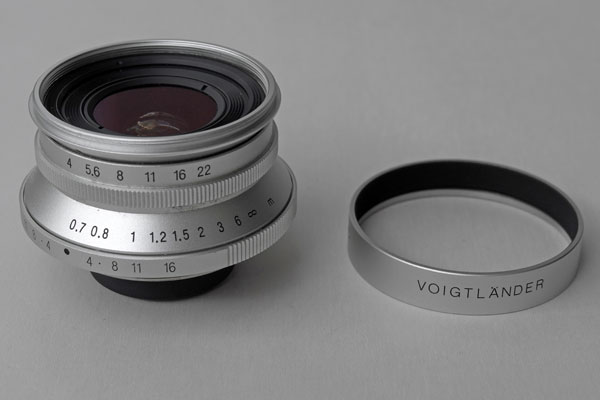 |
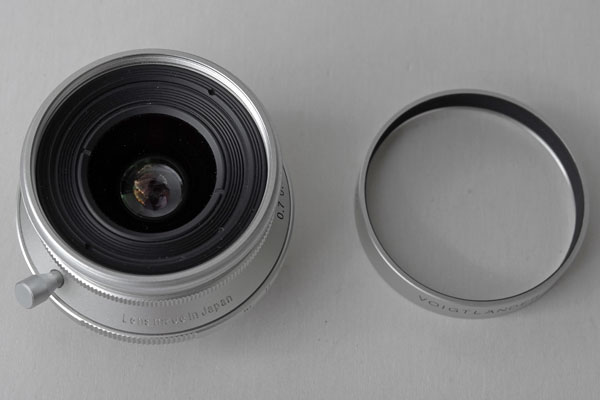 |
 |
||
Lens hood separate |
Lens hood separate |
Screw mount visible, lens hood separate |
Photos: Voigtländer Snapshot-Skopar 25mm f/4 Pancake lens
Body with Lens Attached
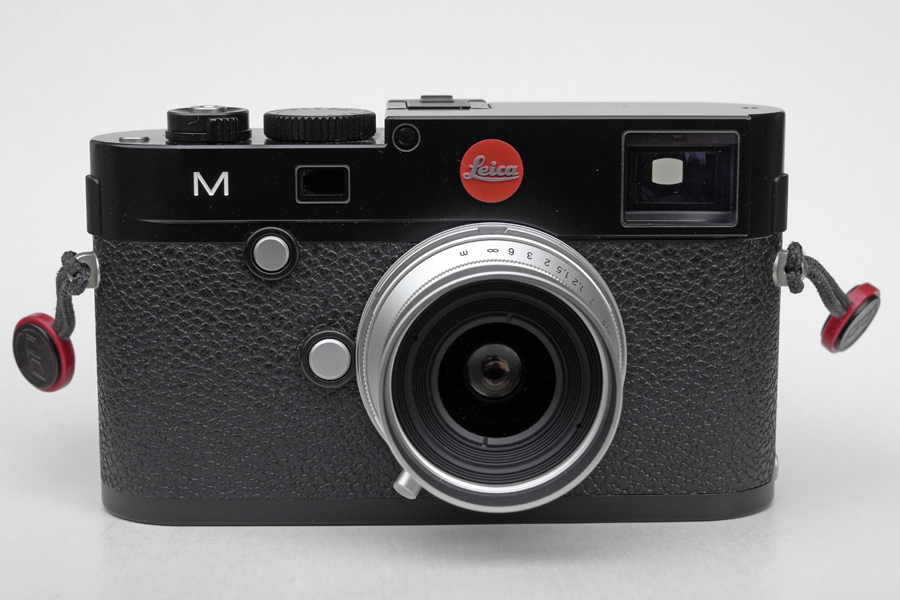 |
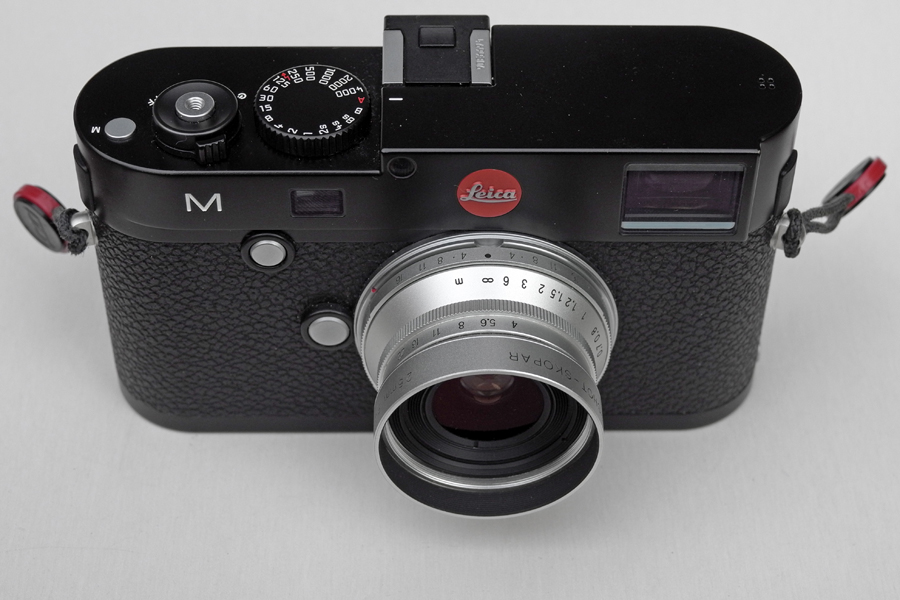 |
|
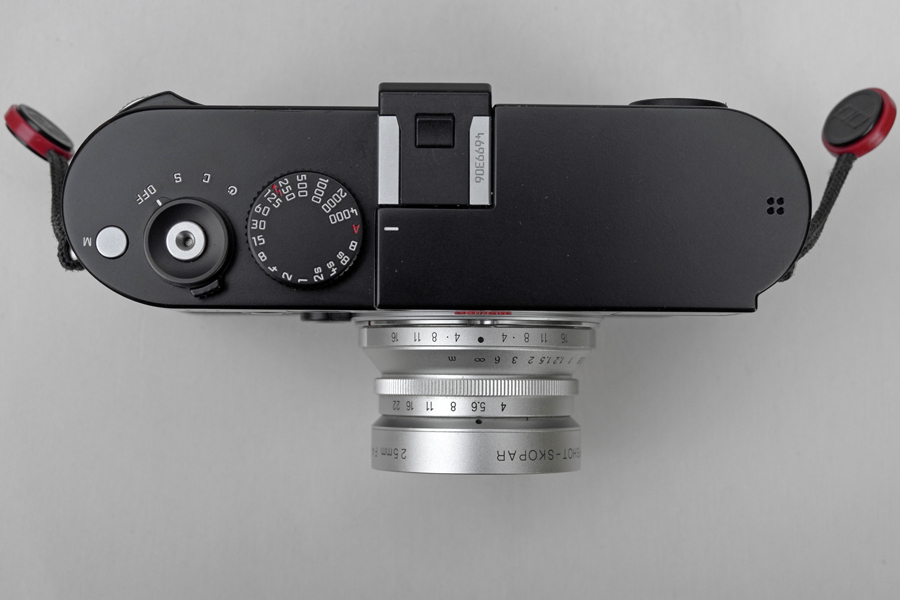 |
Photos: Leica M (Typ 240) with Voigtländer Snapshot-Skopar 25mm f/4 lens
Some Technical Data
| Focal length | 25 mm |
| Angle of view (35mm film) | 82° diagonal |
| Maximum aperture | 4 |
| f-stop range | 4-22 |
| Number of iris blades | 10 |
| Number of lenses/groups | 5/7 |
| Shortest distance | 0.7 m |
| Weight | 90 g |
| Length | 29.5 mm |
| Maximum diameter | 49.5 mm |
| Filter thread | unknown |
| Lens hood | separate, screw-mount |
| Mount | M39 |
| Smallest object field/magnification | 943 x 628 mm (calculated) / 1:26.3 (calculated) |
DOF Table
Depth of field table for the Voigtländer Snapshot-Skopar 25mm f/4 lens (valid for 35 mm film or a full-format sensor):
| f/4.0 | f/5.6 | f/8.0 | f/11 | f/16 | f/22 | |
| 0.7m | 0.62-0.80 | 0.60-0.85 | 0.57-0.,93 | 0.52-1.07 | 0.48-1.39 | 0.42-2.40 |
| 1.0m | 0.,85-1.23 | 0.80-1.35 | 0.74-1.58 | 0.67-2.08 | 0.,59-3.88 | 0.50-∞ |
| 1.5m | 1.17-2.11 | 1.08-2.50 | 0.97-3.48 | 0.84-7.84 | 0.72-∞ | 0.59-∞ |
| 3.0m | 1.89-7.46 | 1.66-17.54 | 1.40-∞ | 1.15-∞ | 0.92-∞ | 0.72-∞ |
| ∞ | 4.93-∞ | 3.58-∞ | 2.54-∞ | 1.81-∞ | 1.29-∞ | 0.93-∞ |
Color Shading and Vignetting
In March 2016, I came across a list that Zeiss had published for its M-mount lenses, in which they judged how well certain Leitz/Leica lens profiles fit their lenses. Therefore, I did a new evaluation, which included most of my wide angle lenses, and thus, my Voigtländer Snapshot-Skopar 25mm f/4. In the table below, I present only the results of this newer investigation, in which I tested quite a few candidates.
Photos: Calibration shots with Voigtländer Snapshot-Skopar 25mm f/4
The overall color shading is lower than for my two shorter lenses (15mm and 21mm). The recommended setting (Elmar-M 24mm f/3.8 ASPH.) cannot be set manually, because this is a newer lens. The lens settings do not improve matters, except for the Elmarit-M 28mm f/2.8 ASPH. setting. This setting results in fairly low color shading, which is hardly recognizable on some photos. Maybe this can be the "lazy" route for me...
Comparing Two Lens Detection Settings with Real-World Photos
Below, I compare the "Off" setting with the Elmarit-M 28mm f/2.8 ASPH. (11606) setting, which seemed to provide the best results of any manual setting, using a few "real-world" photos:
Lens Detection
Option, Selected Lens |
|
| "Off", None | "Manual", Elmarit-M 28mm f/2.8 ASPH. |
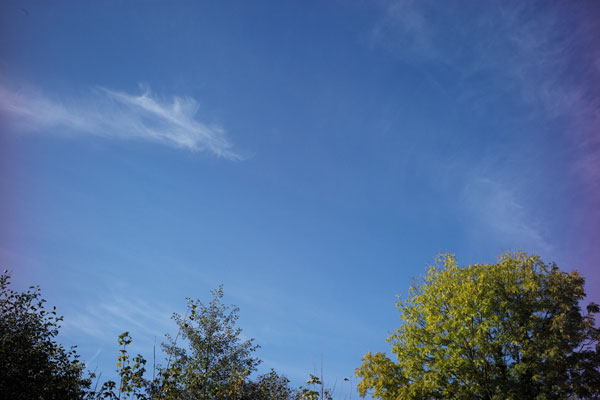 |
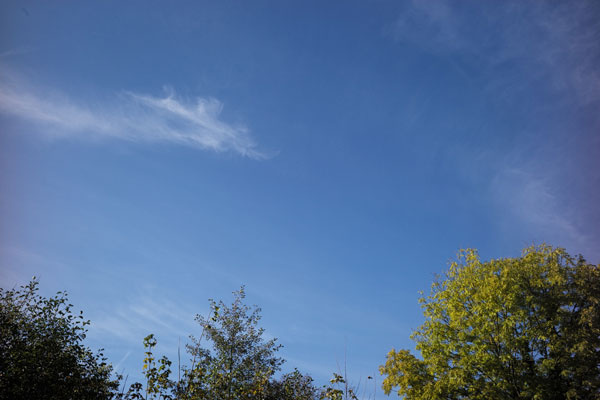 |
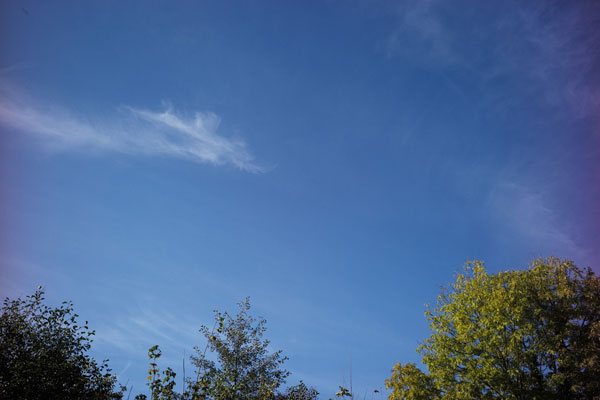 |
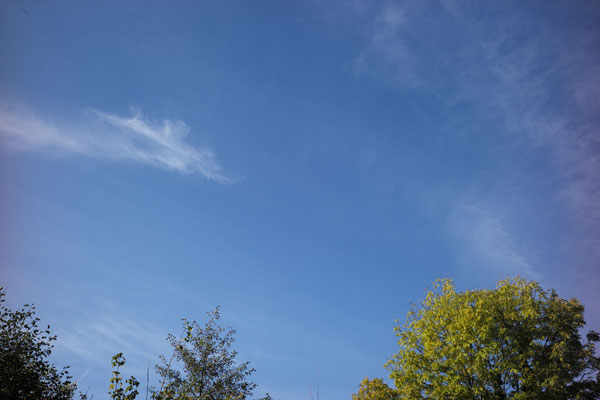 |
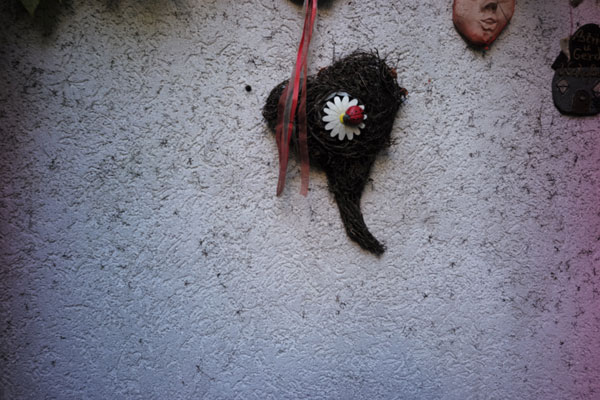 |
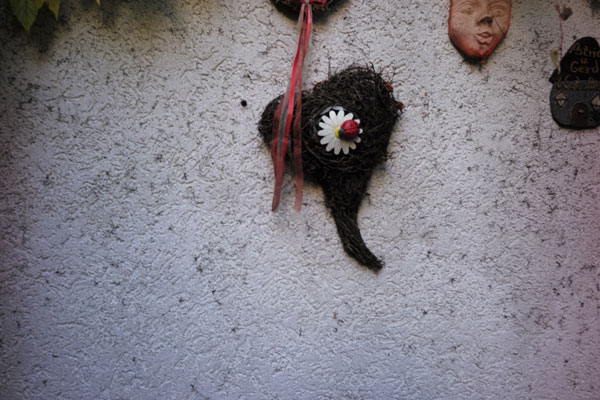 |
All in all, the Elmarit-M 28mm f/2.8 ASPH. (11606) setting is better than the "Off" setting, but not good enough for being used as a general setting, that is, the "setting of choice". There are, however, some photos where you can hardly see the color shading with this setting.
Using Cornerfix to Remove Color Shading
After I had decided to sell my Voigtländer Snapshop-Skopar 25mm f/4 lens, I finally performed a quick-and-dirty test to check whether Cornerfix would be able to remove color shading. First, I took two calibration photos (the white back of a large calendar on a gray day) with f/4 and f/8 and lens detection set to "None", both shot with EV +1, as advised by Sandy McGuffog, the author of Cornerfix. Then I repeated this procedure for the manual lens detection setting "Elmarit-M 28mm f/2.8 ASPH. (11606)" mentioned above, which leads to less color shading.
Creating a Cornerfix Profile
As is typically advised, I used, however, only the f/8 calibration photo to create a Cornerfix profile. If you are interested in my files, you can download the following files:
- DNG files at f/4.5 (None, 11606)
- DNG files at f/8 (None, 11606)
- experimental Cornerfix profiles (None, 11606; ZIP versions) based on the f/8 DNG files (use Cornerfix to create your own profiles from both DNG files)
You download these files at your own risk. I cannot guarantee that the profiles are OK or suit your needs. Note that people usually do not dare to give away their CornerFix profiles (I asked several people...).
Also note that the Cornerfix profile is vector-based and is not disturbed by small dust spots (as can be sen in the photos above).
Applying the Cornerfix Profile
I took a few test shots on our terrace, some with different f-stops. One series of shots was taken with "Lens Detection" set to "Off", another one with "Lens Detection" set to "Manual" and "28 f/2.8 ASPH. 11606". Then, I corrected the RAW (DNG) versions of the photos using Cornerfix in batch processing mode, which is quite handy. Once you have created a profile, there is just one more step to do: batch-processing the files (and selecting the profile in Cornerfix...). Thus, for RAW shooters, not much additional complexity is introduced, once you have created a usable profile (I did not know in beforehand whether mine would be useable...).
Below, you will find the original photos in their JPG versions and the corrected photos as JPG files that were created from corrected DNG files as provided by Cornerfix (Camera RAW, Adobe Photoshop Elements, only default settings used). Note that this leads to differences in size, section, brightness, color, and so on. But since I focus on color shading, it was less work for me to present the original JPGs instead of JPGs that were converted from the original RAW files.
Series 1: Lens Detection Set to "None"
Uncorrected |
Corrected with Cornerfix (Default Settings) |
|
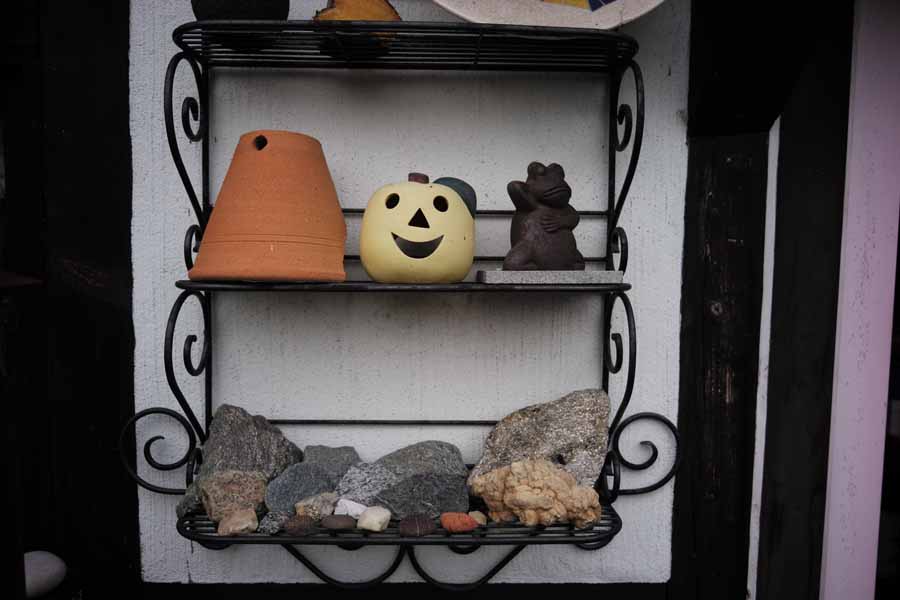 |
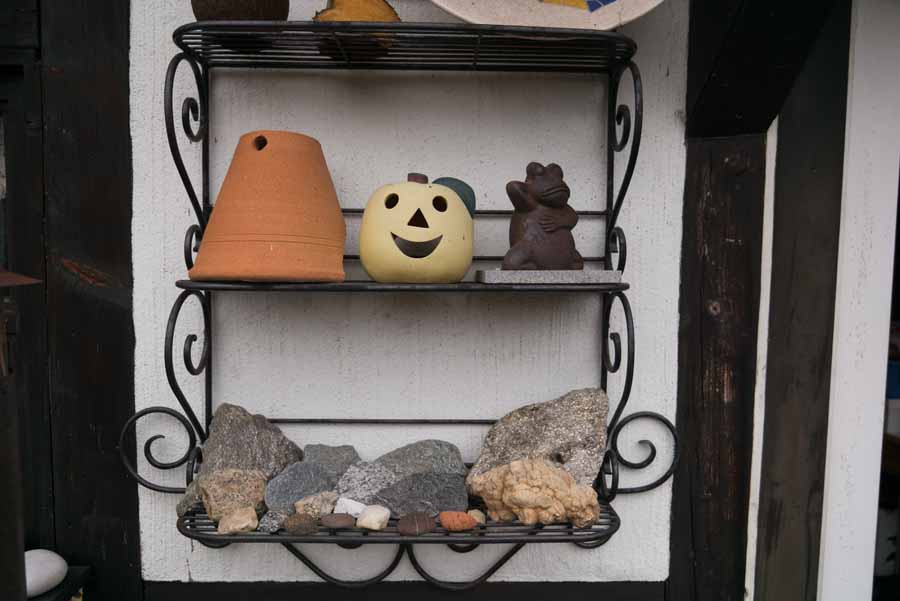 |
|
f/4 |
f/4 |
|
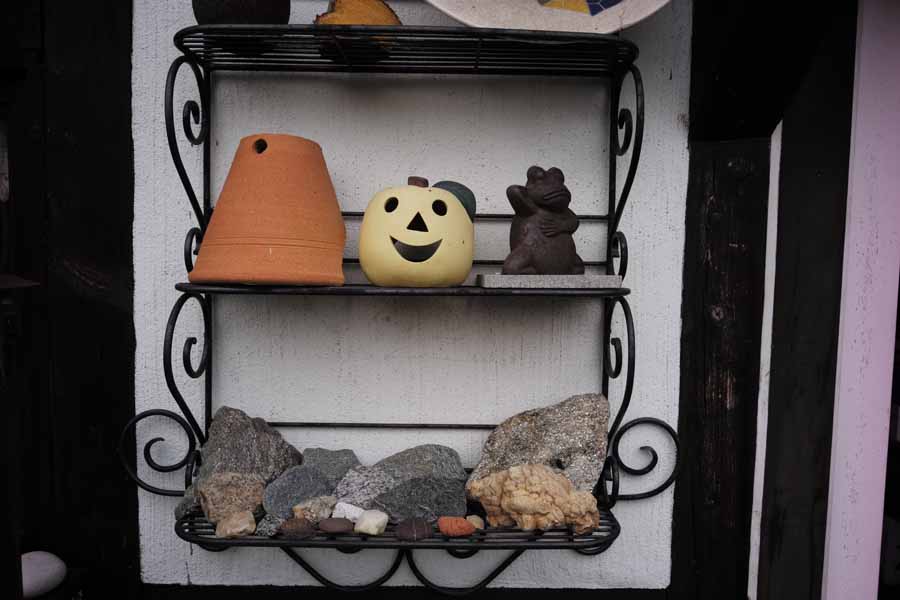 |
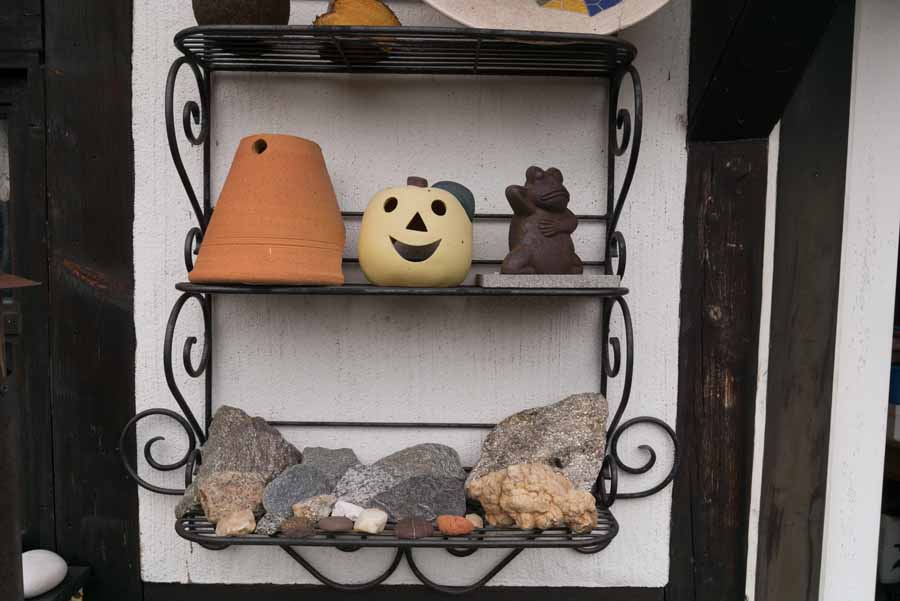 |
|
f/8 |
f/8 |
|
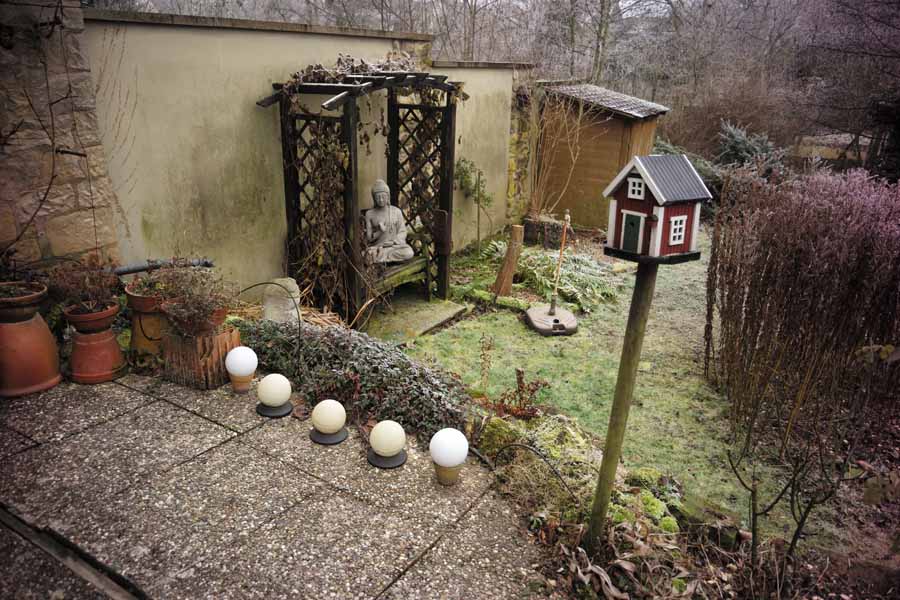 |
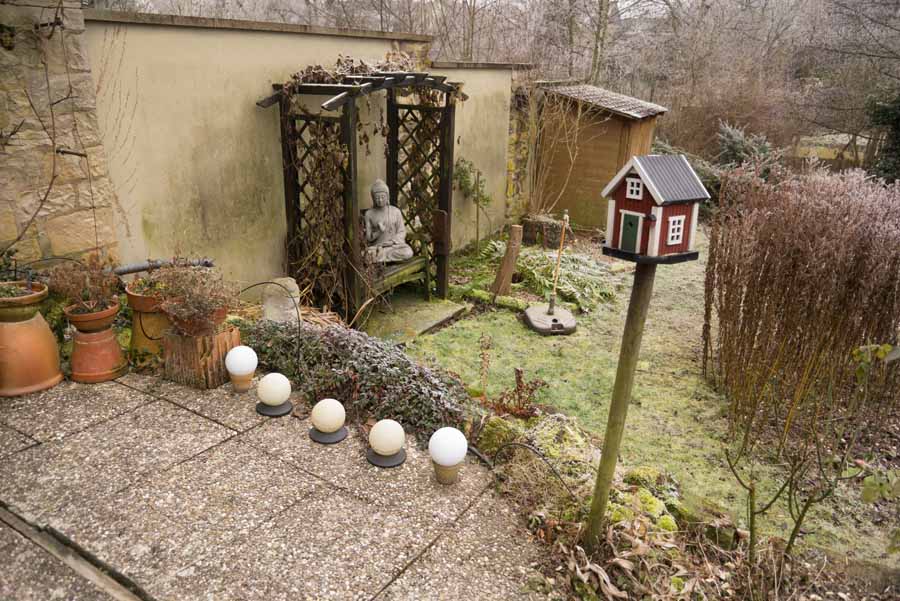 |
|
f/4 |
f/4 |
|
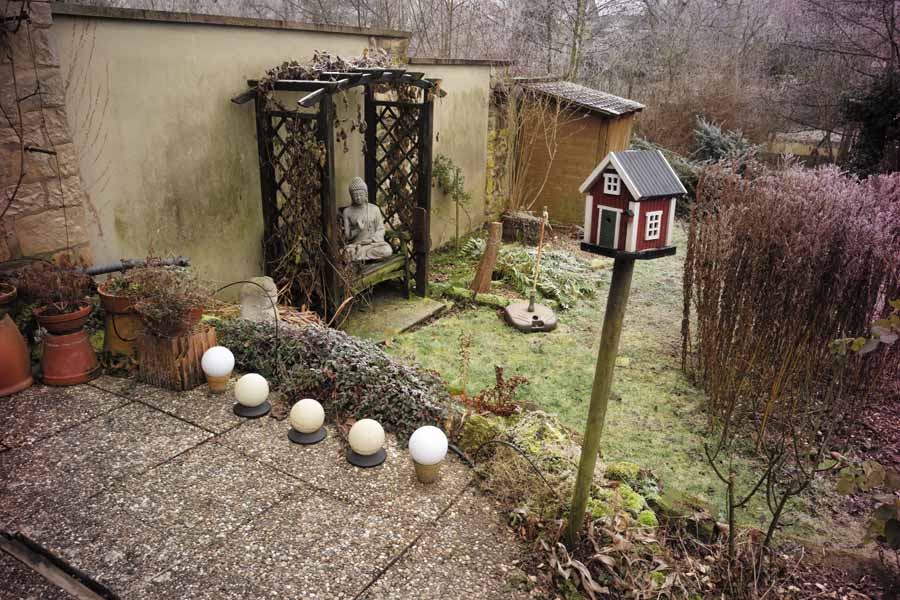 |
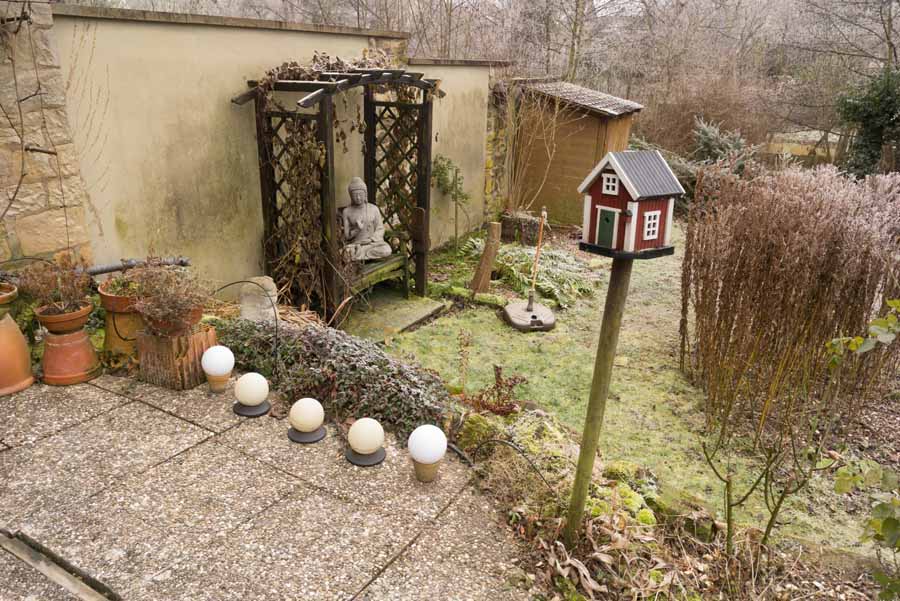 |
|
f/8 |
f/8 |
|
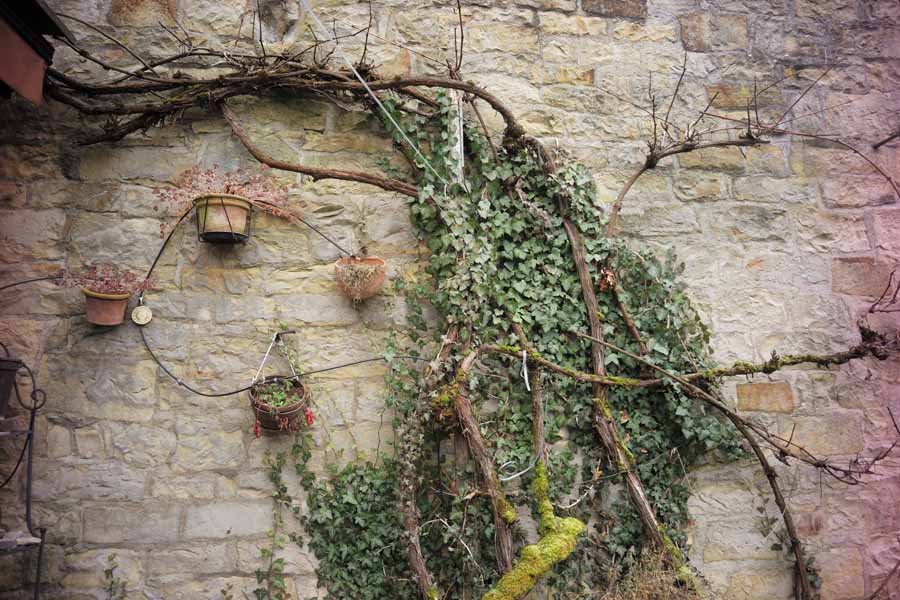 |
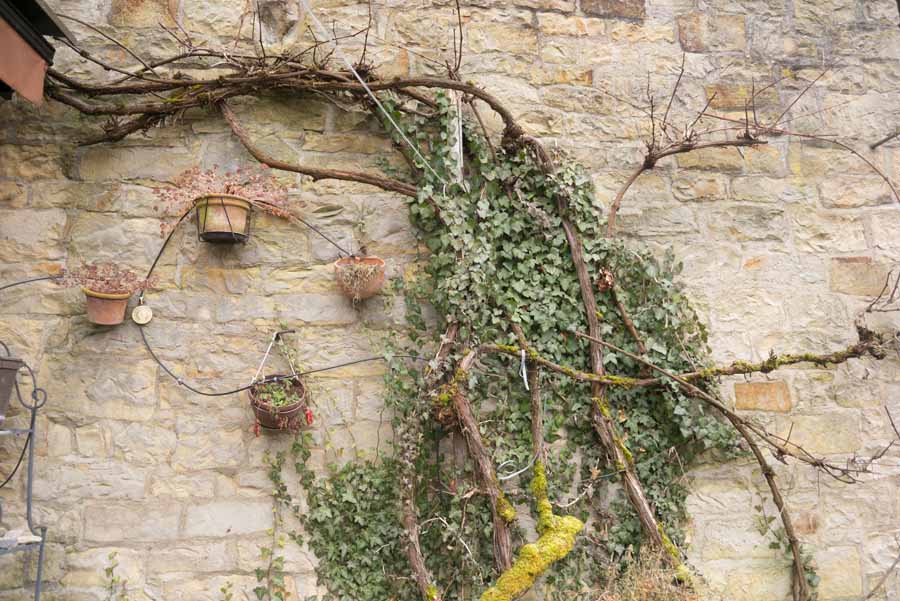 |
|
f/4 |
f/4 |
|
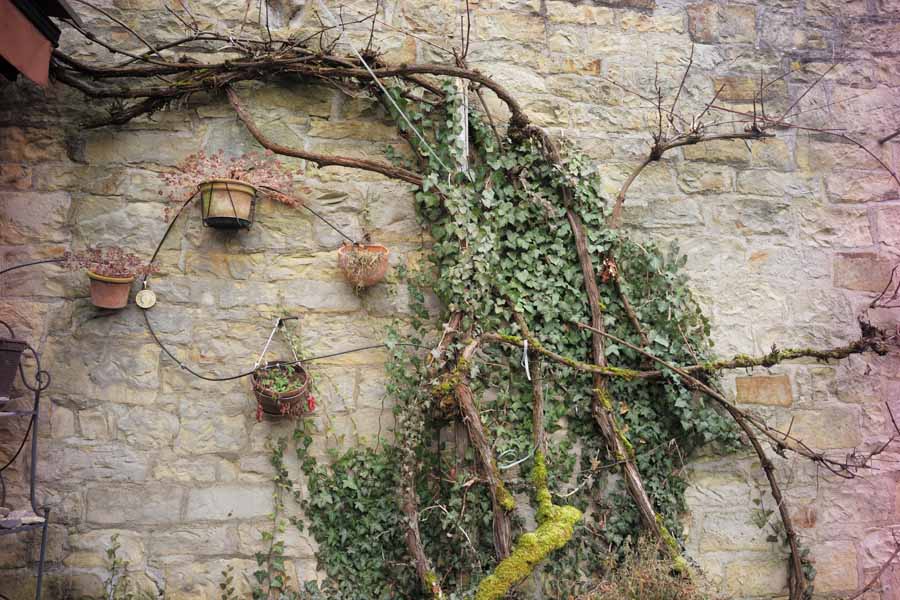 |
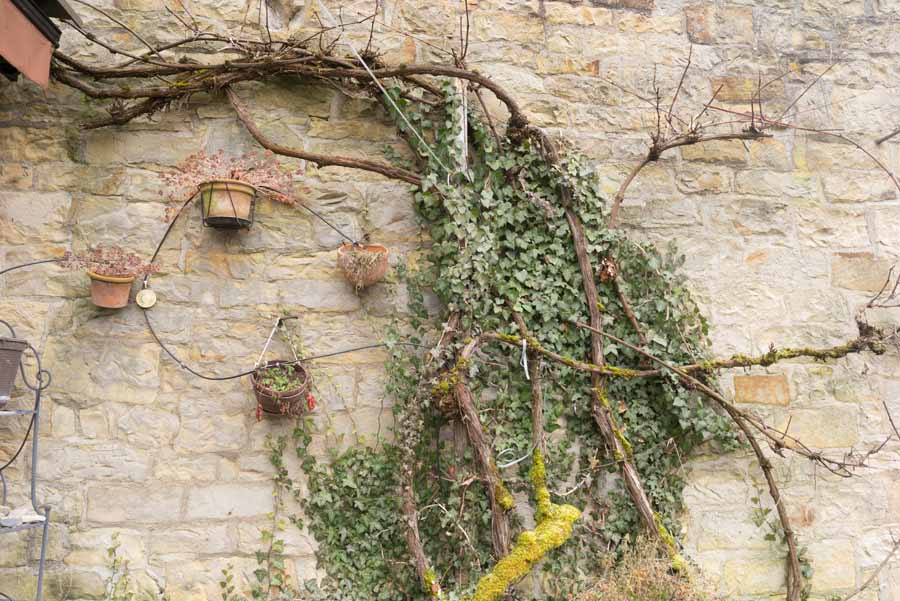 |
|
f/8 |
f/8 |
|
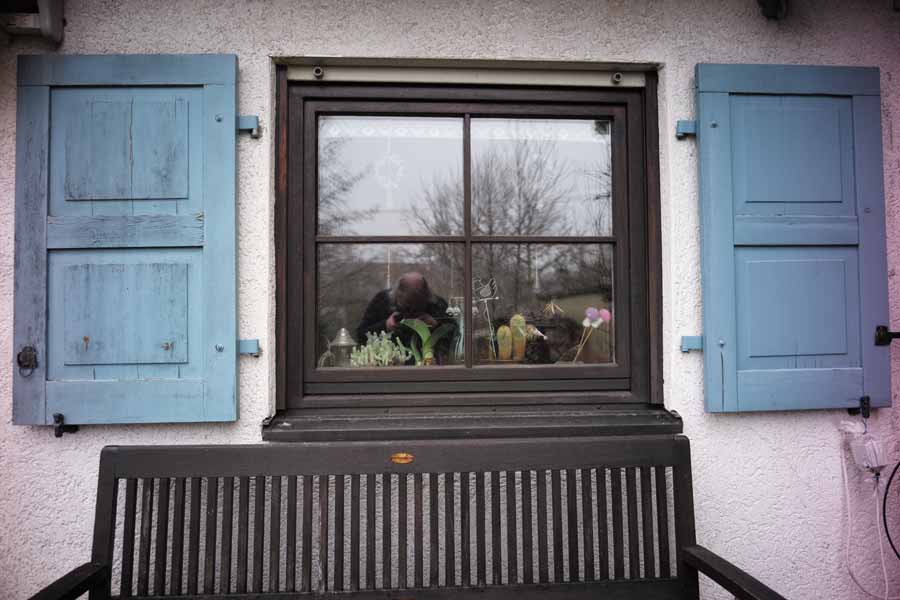 |
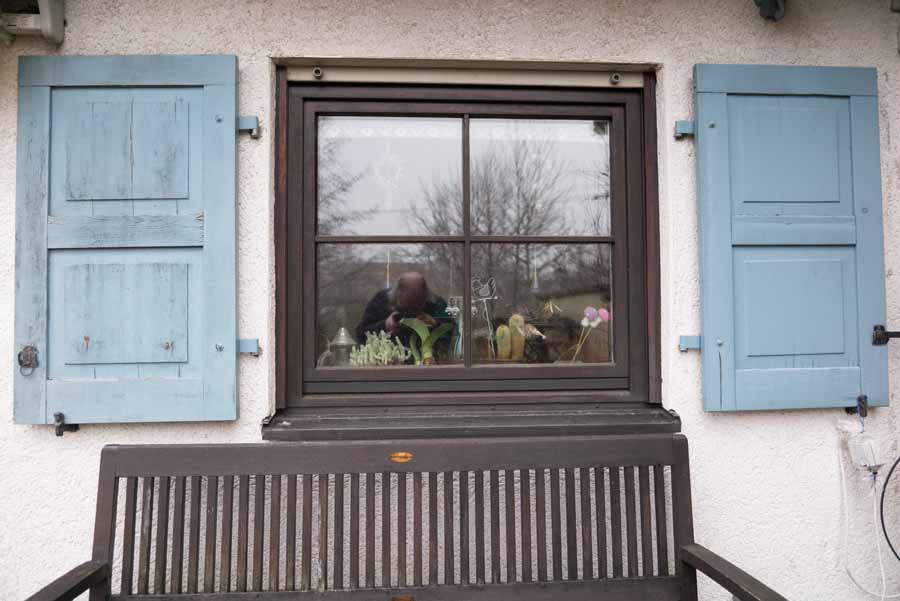 |
|
f/4 |
f/4 |
|
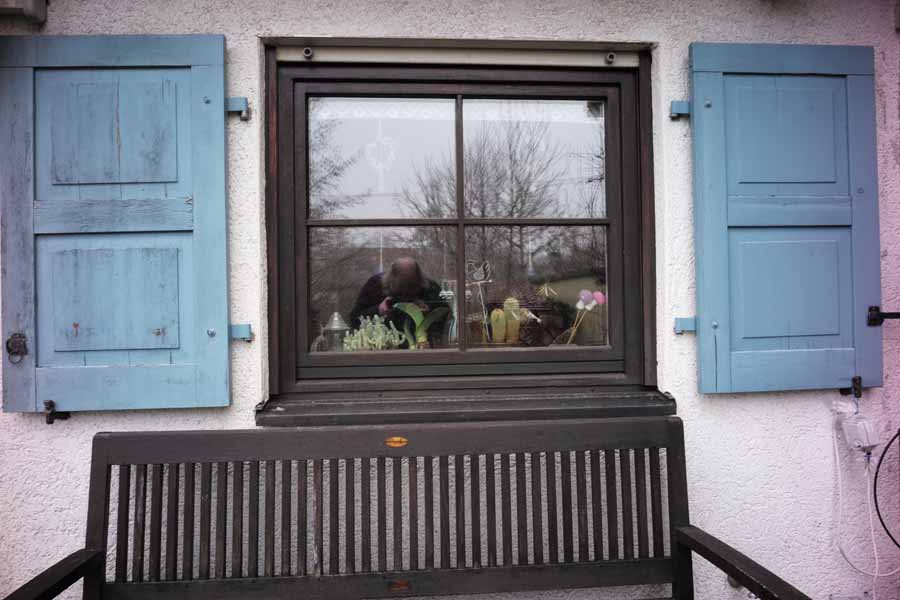 |
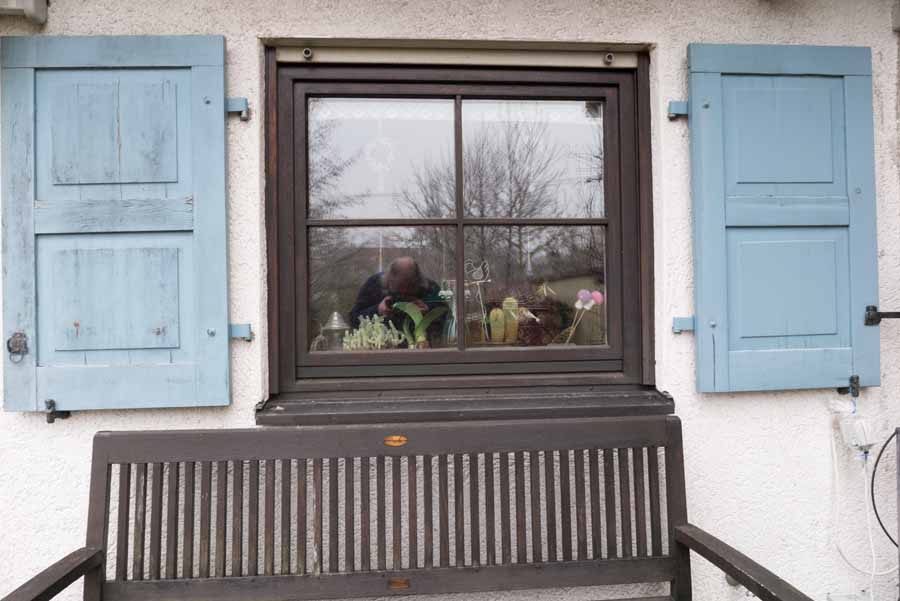 |
|
f/8 |
f/8 |
|
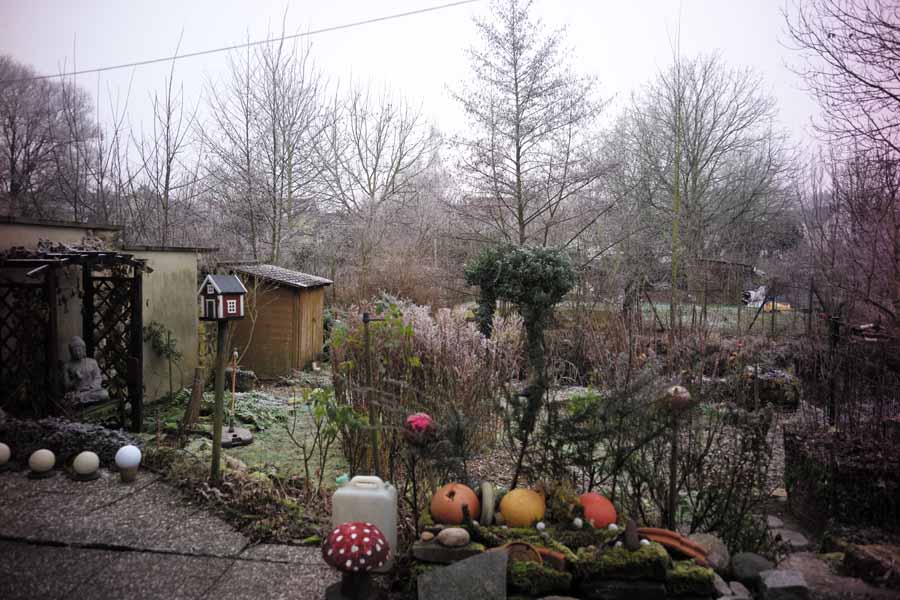 |
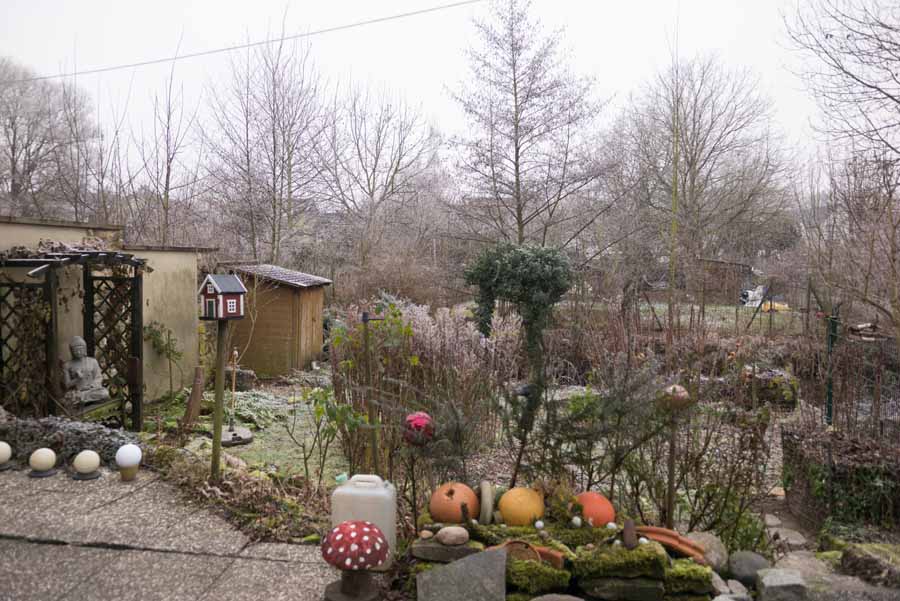 |
|
f/4 |
f/4 |
|
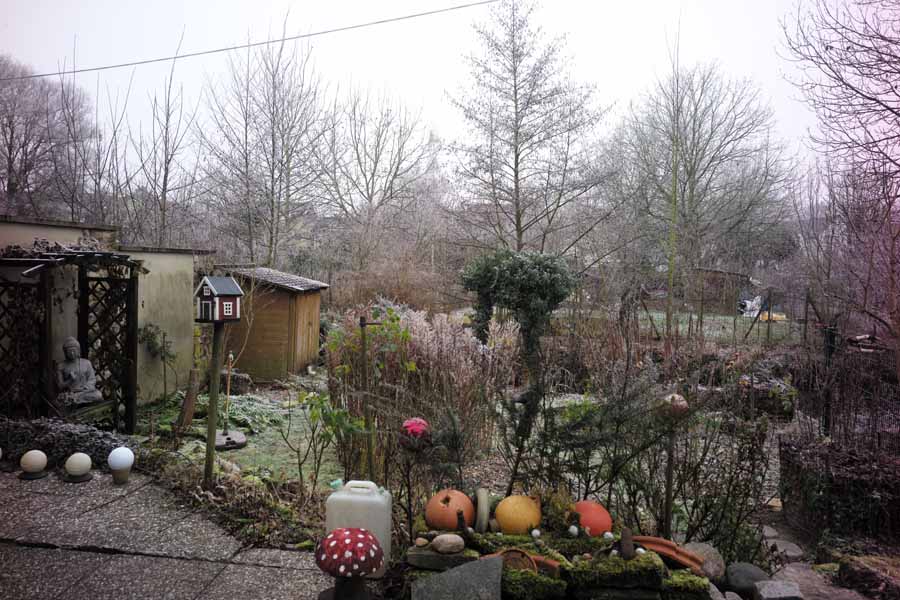 |
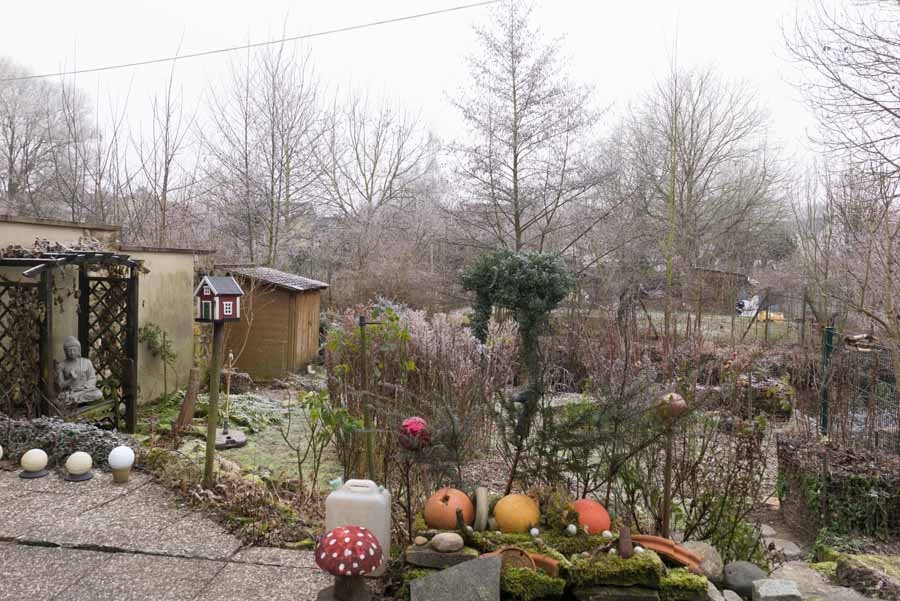 |
|
f/8 |
f/8 |
Series 2: Lens Detection Set to "Manual" and "28 f/2.8 ASPH. 11606"
Uncorrected |
Corrected with Cornerfix (Default Settings) |
|
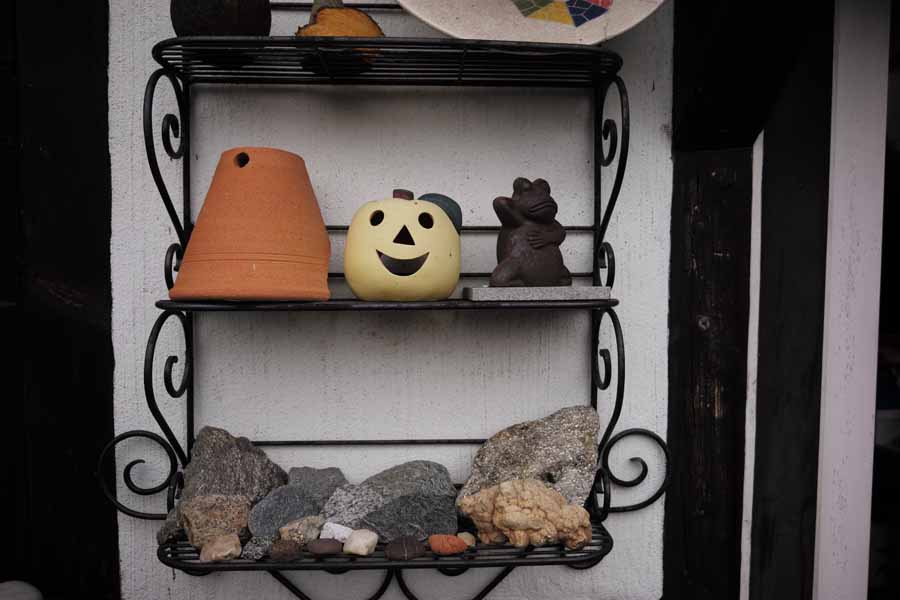 |
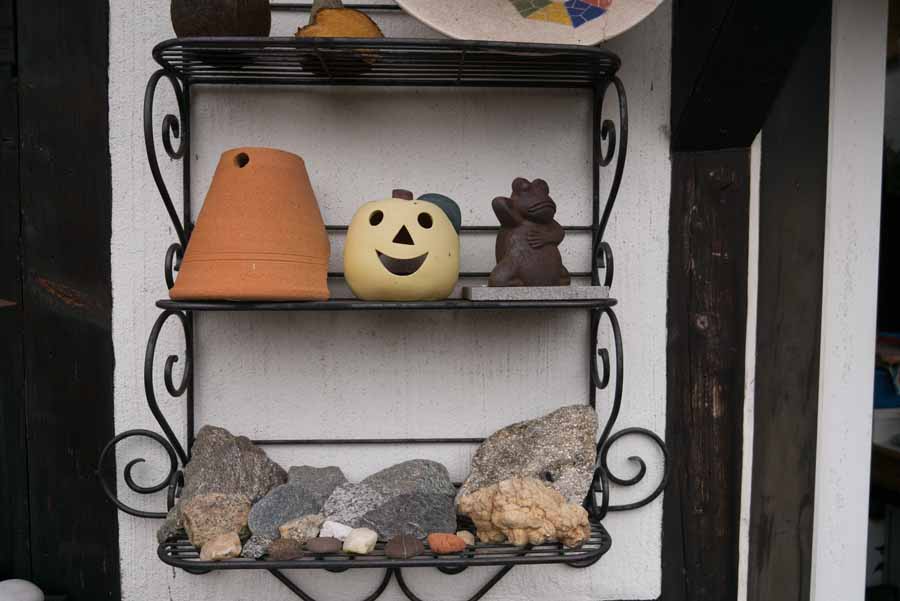 |
|
f/4 |
f/4 |
|
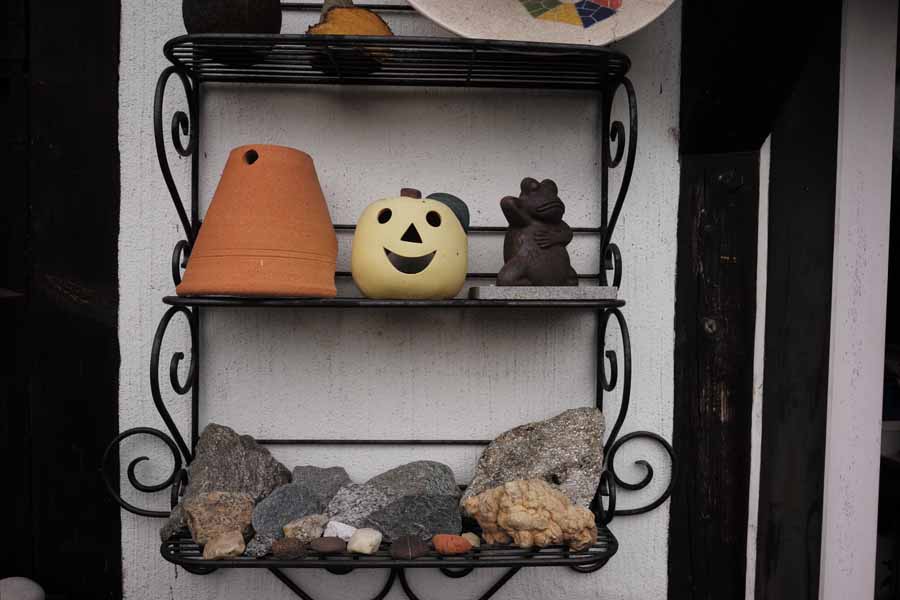 |
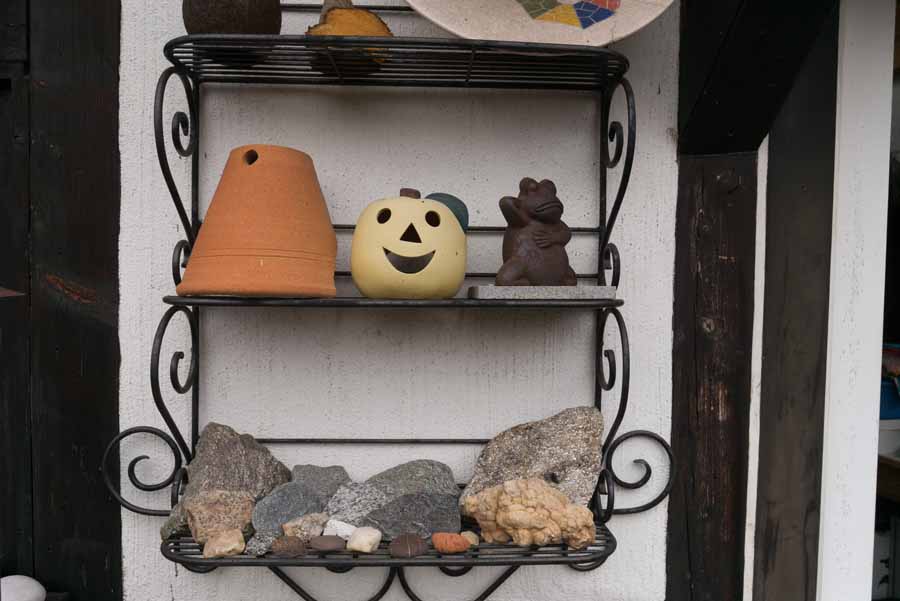 |
|
f/8 |
f/8 |
|
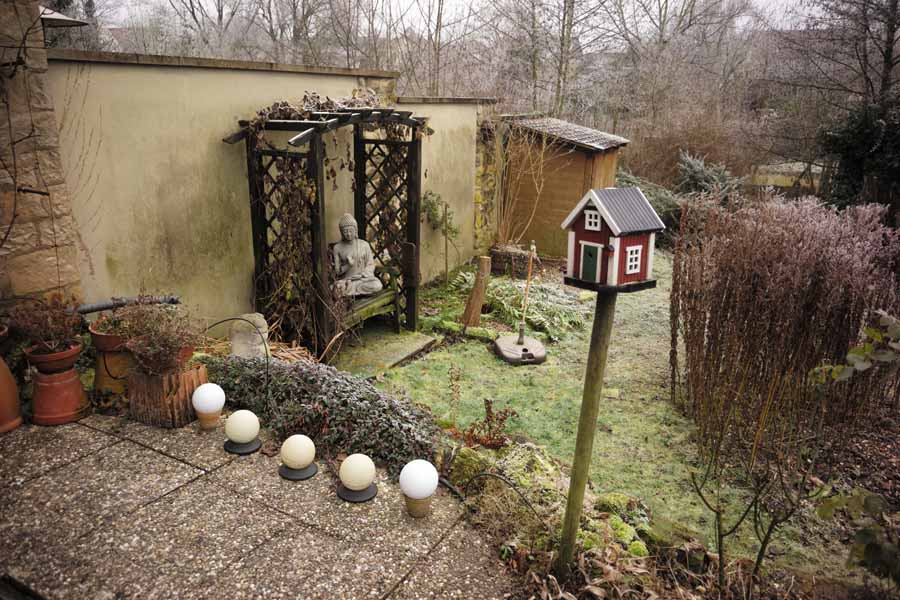 |
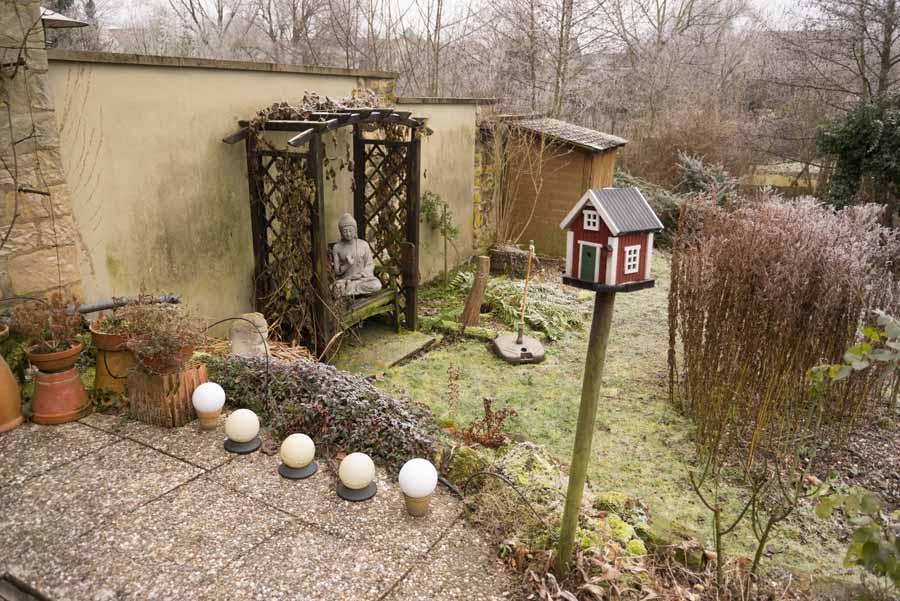 |
|
f/4 |
f/4 |
|
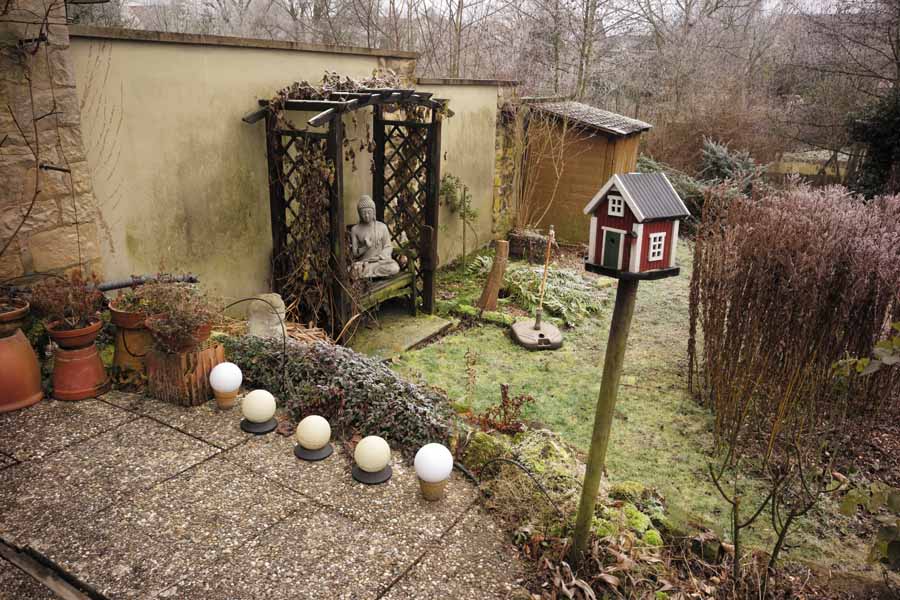 |
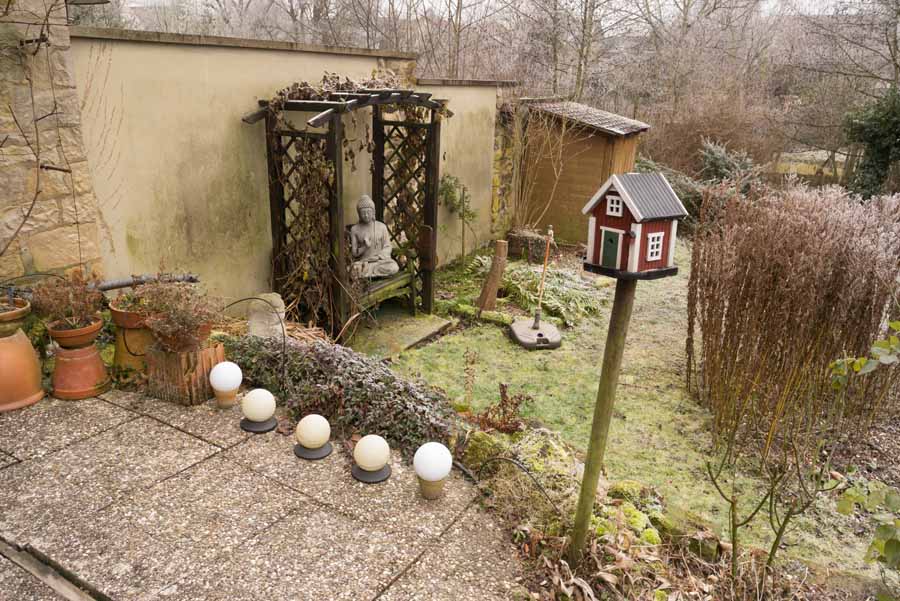 |
|
f/8 |
f/8 |
|
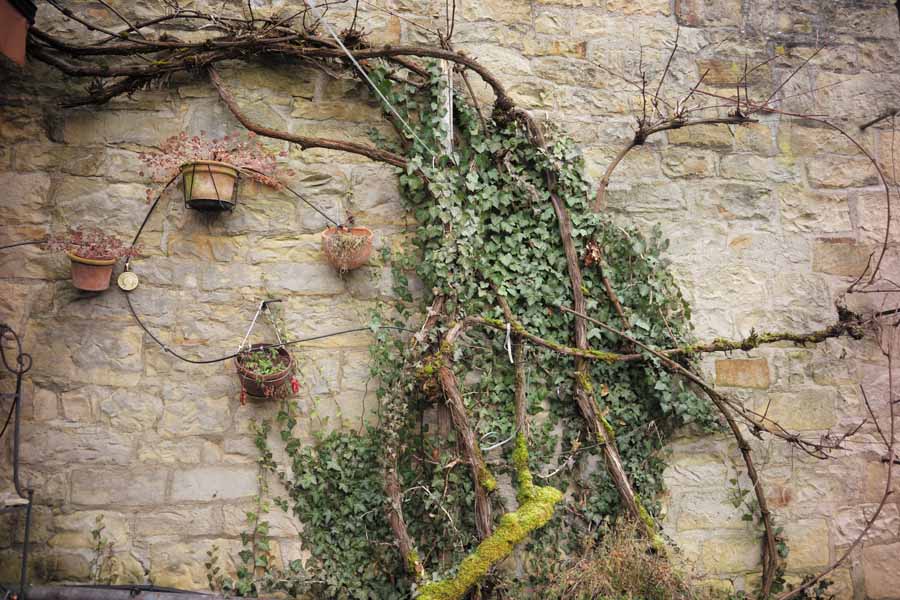 |
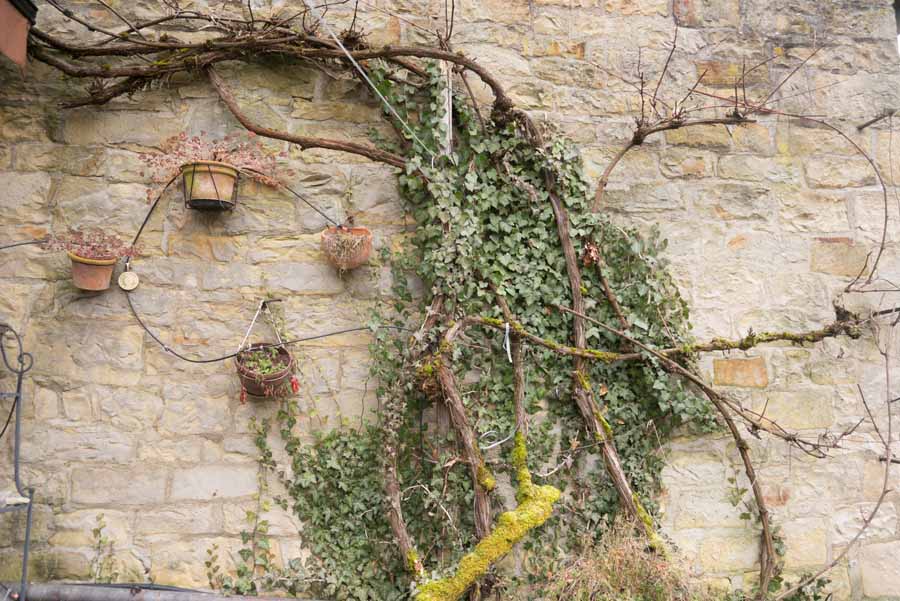 |
|
f/4 |
f/4 |
|
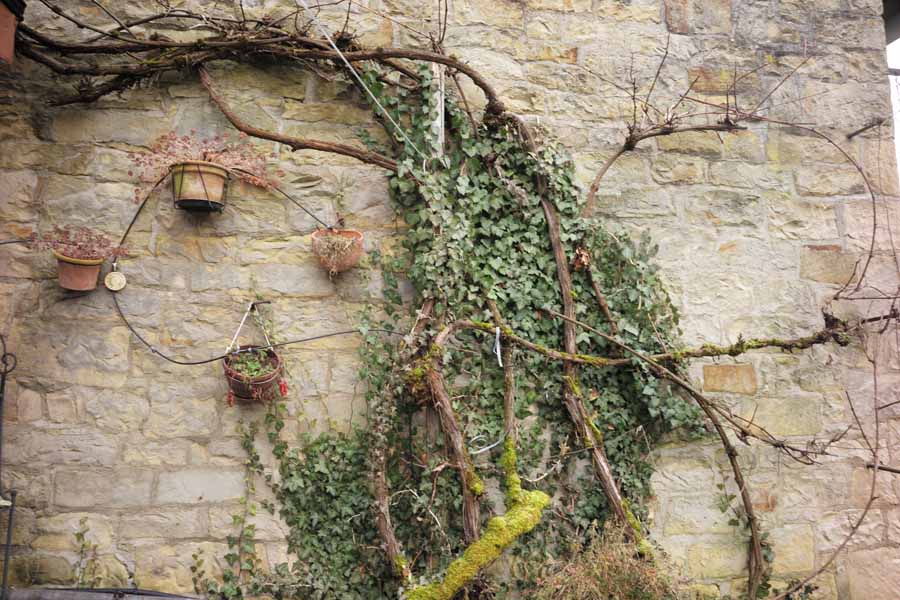 |
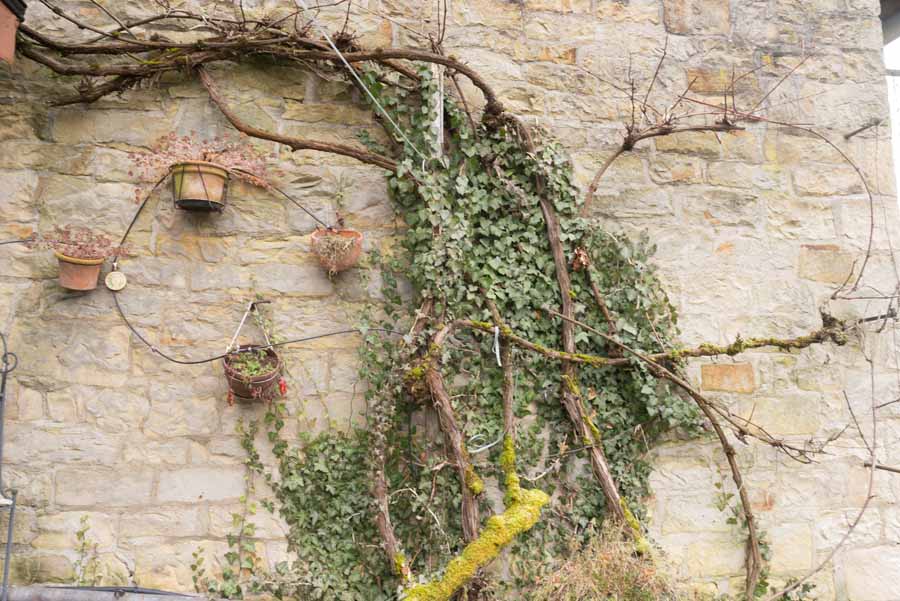 |
|
f/8 |
f/8 |
|
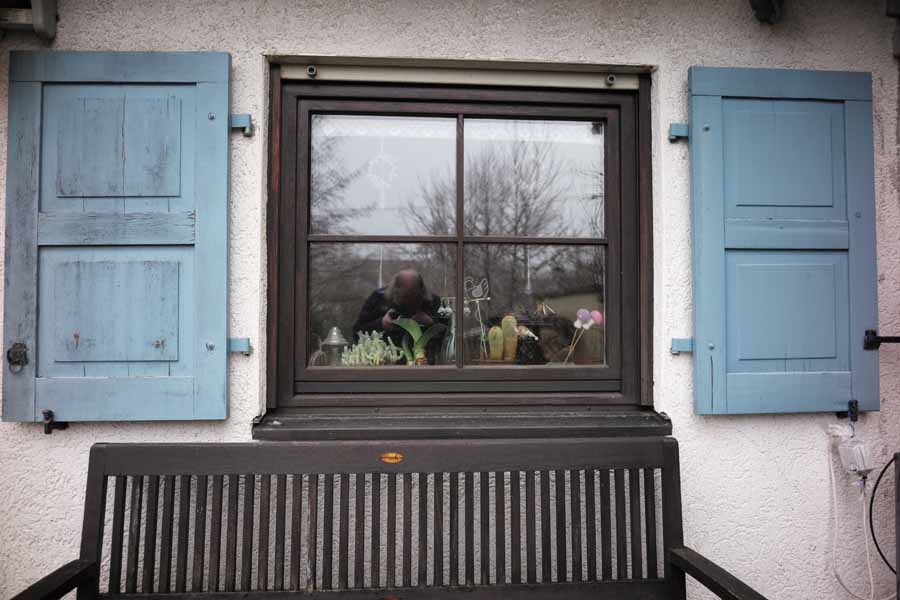 |
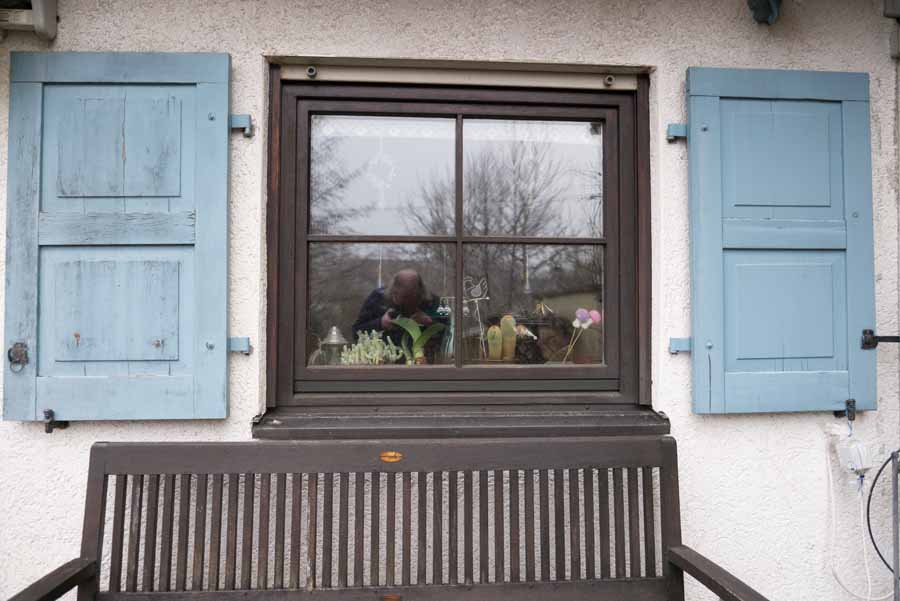 |
|
f/4 |
f/4 |
|
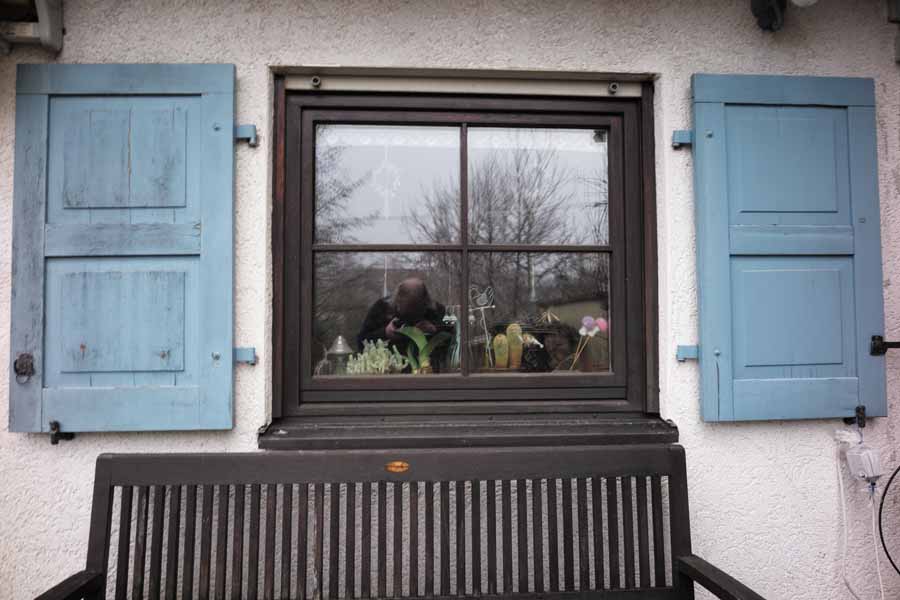 |
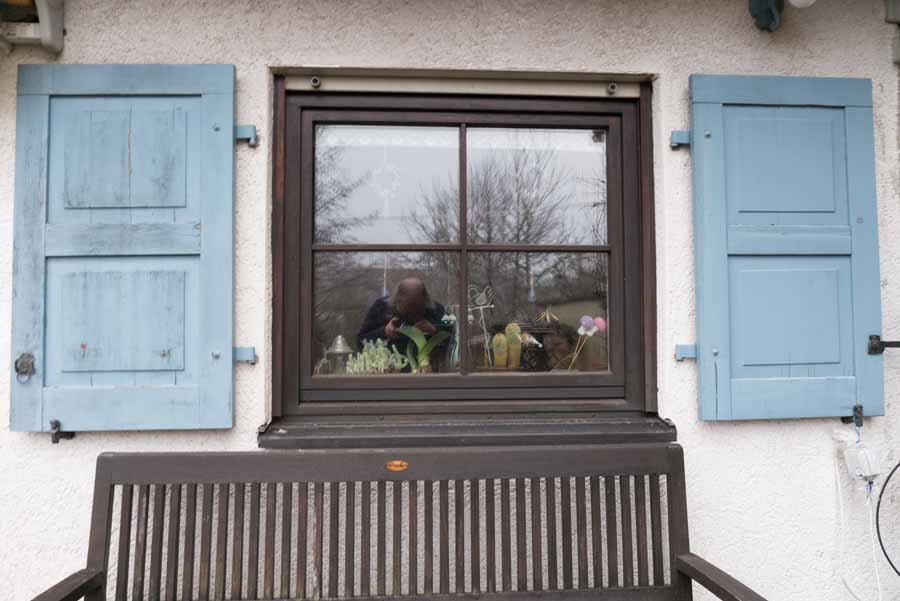 |
|
f/8 |
f/8 |
|
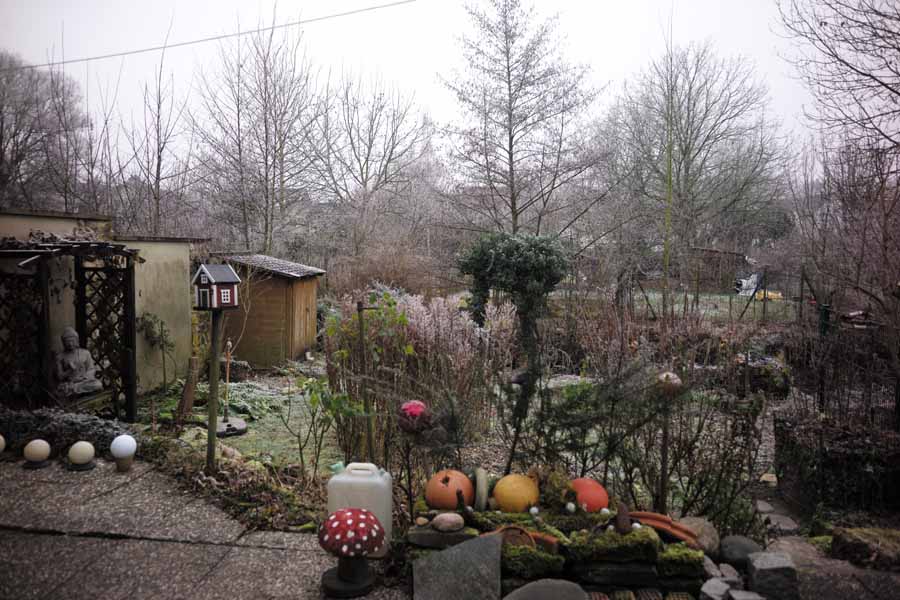 |
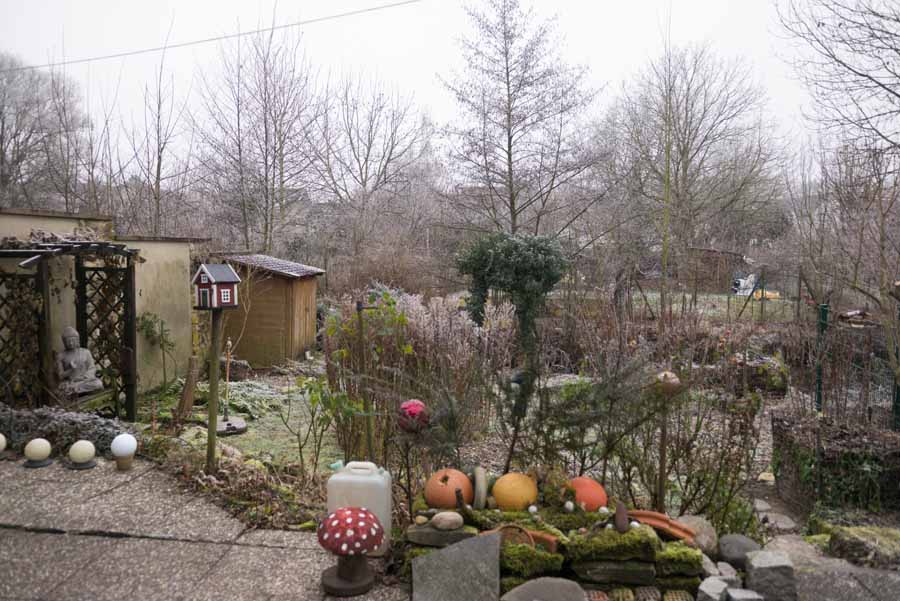 |
|
f/4 |
f/4 |
|
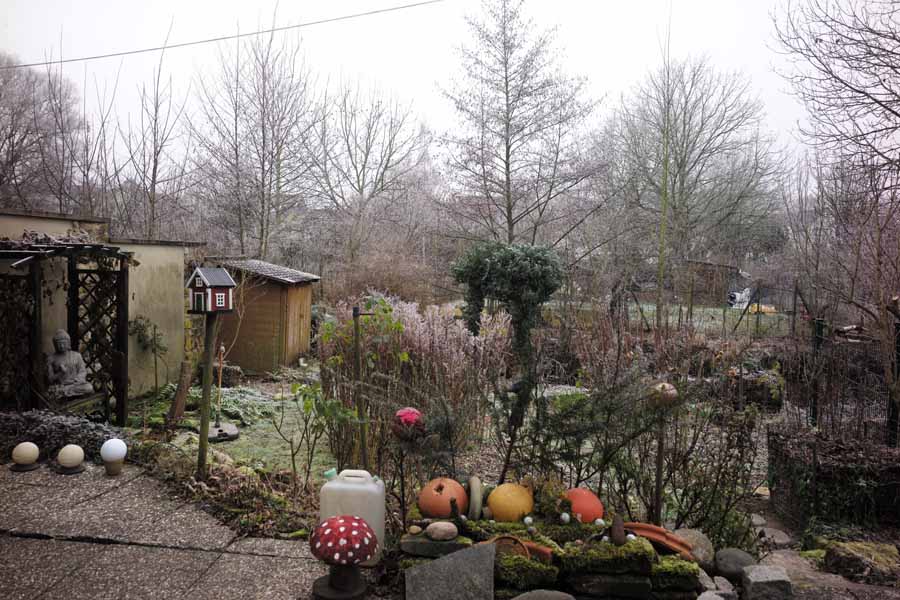 |
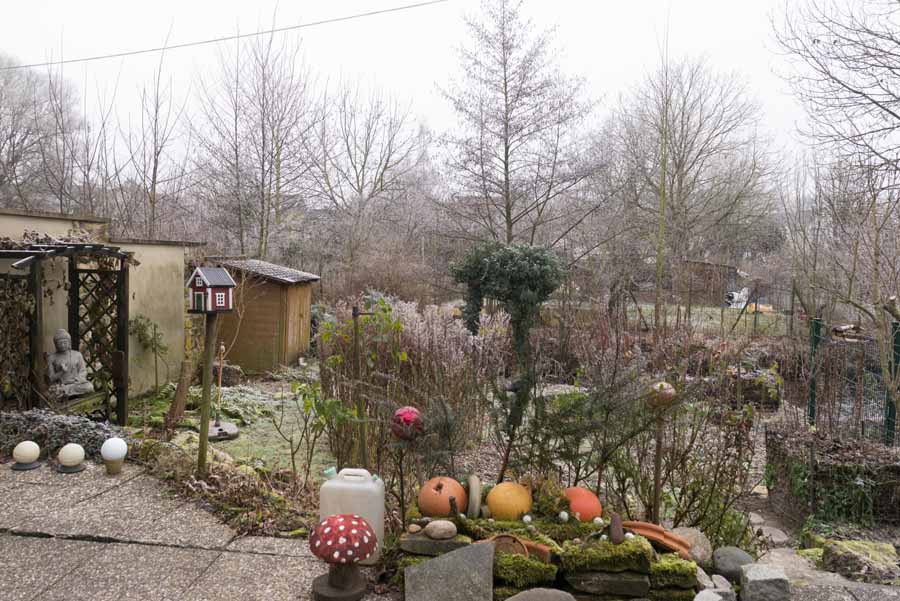 |
|
f/8 |
f/8 |
Both approaches seem to work. At first sight, I cannot see any significant differences between the corrected versions. I would therefore prefer to set "Lens Detection" to "None" to have only one correction step...
All in all, I was pleasantly surprised by the results, although they are more or less irrelevant for me now, since I will sell the lens sooner or later (I gave it away in January 2017)...
Sample Images
Below are first samples taken with the Voigtländer Snapshot-Skopar 25mm f/4 Pancake lens (click the images to view the unprocessed original files in a new window). No color shading correction was done for these photos.
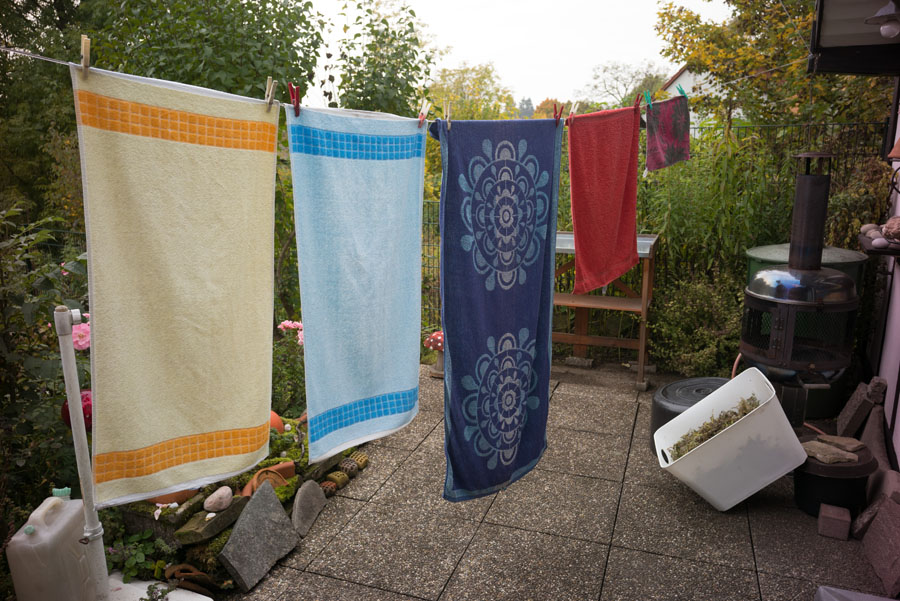 |
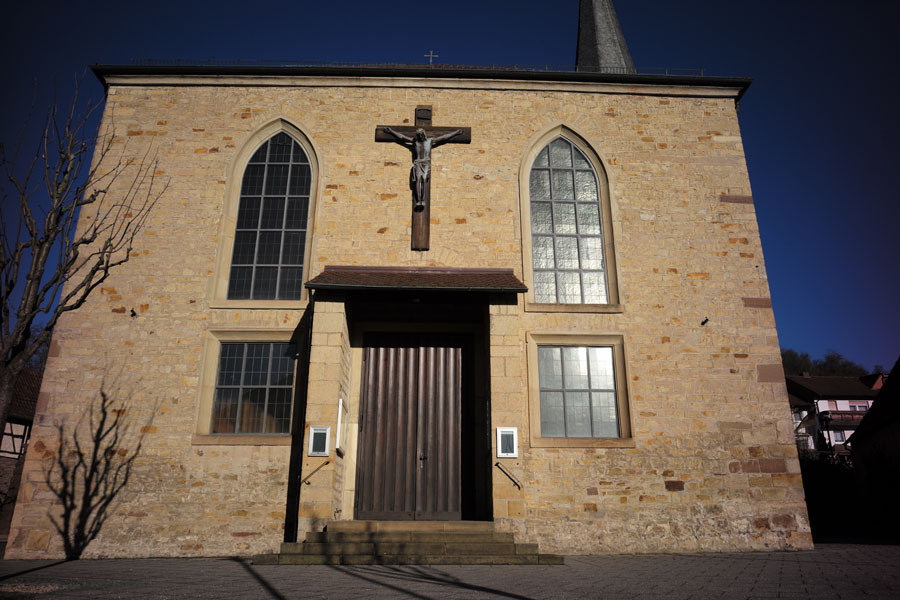 |
|
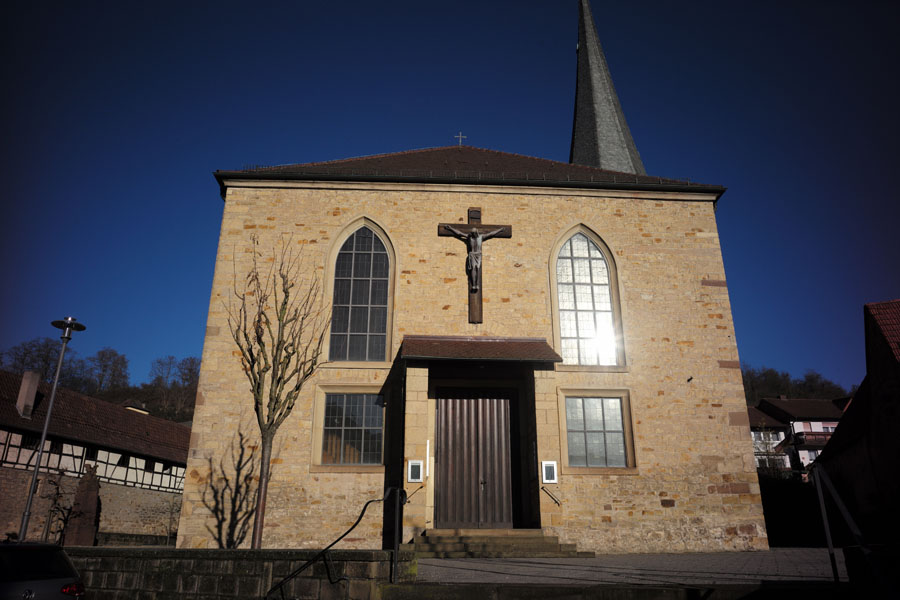 |
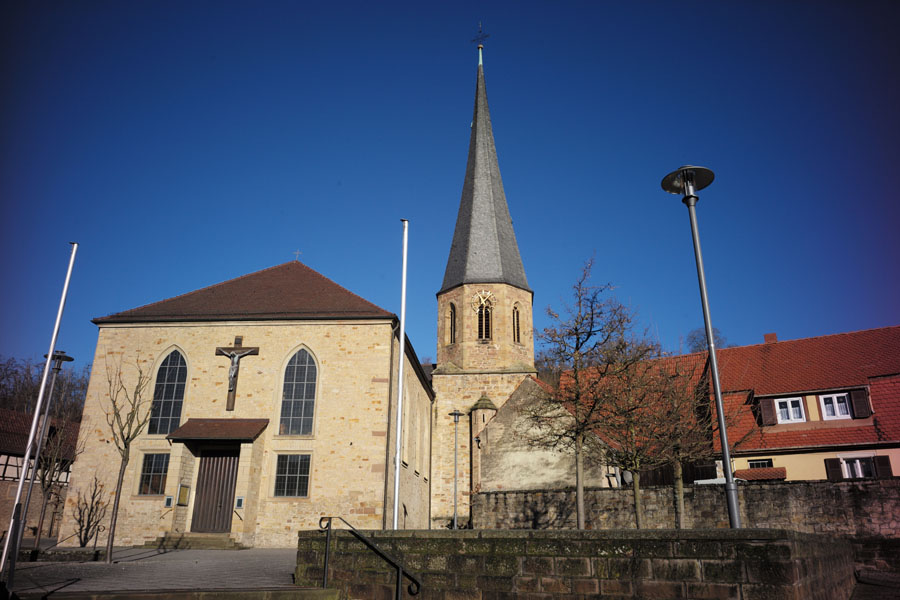 |
|
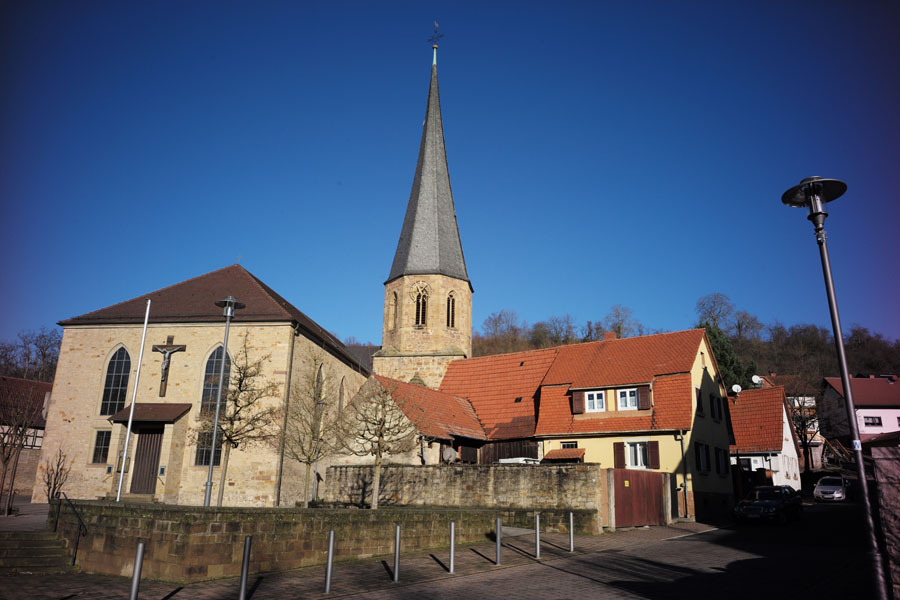 |
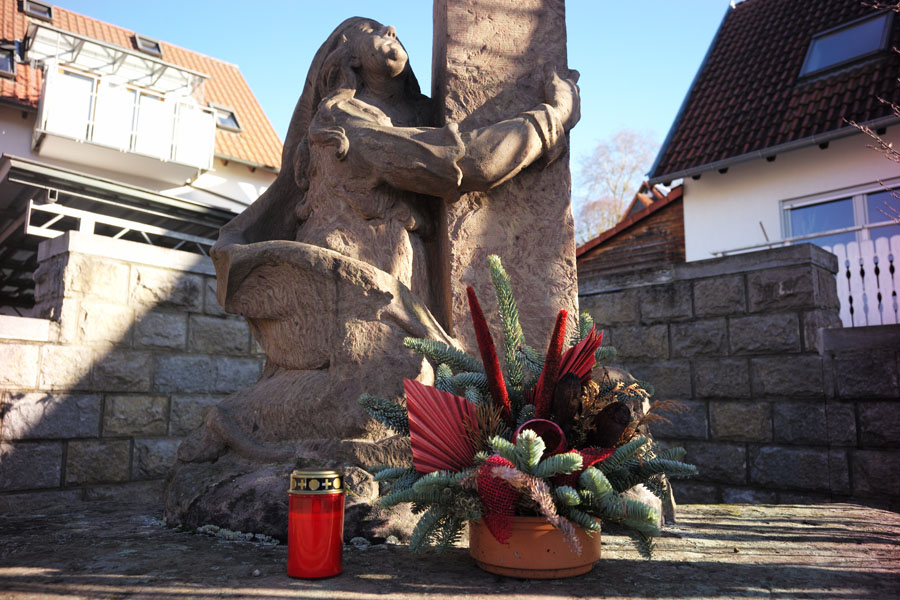 |
|
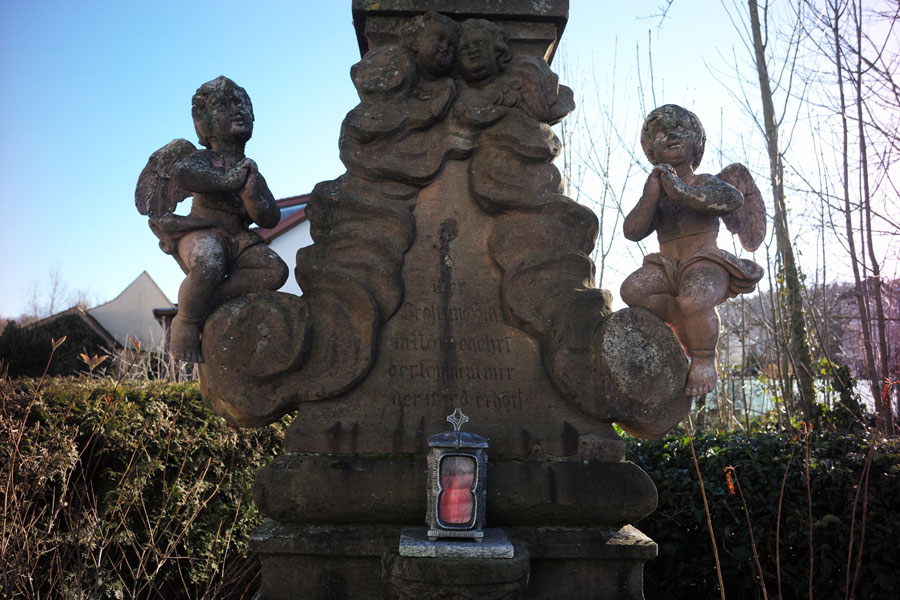 |
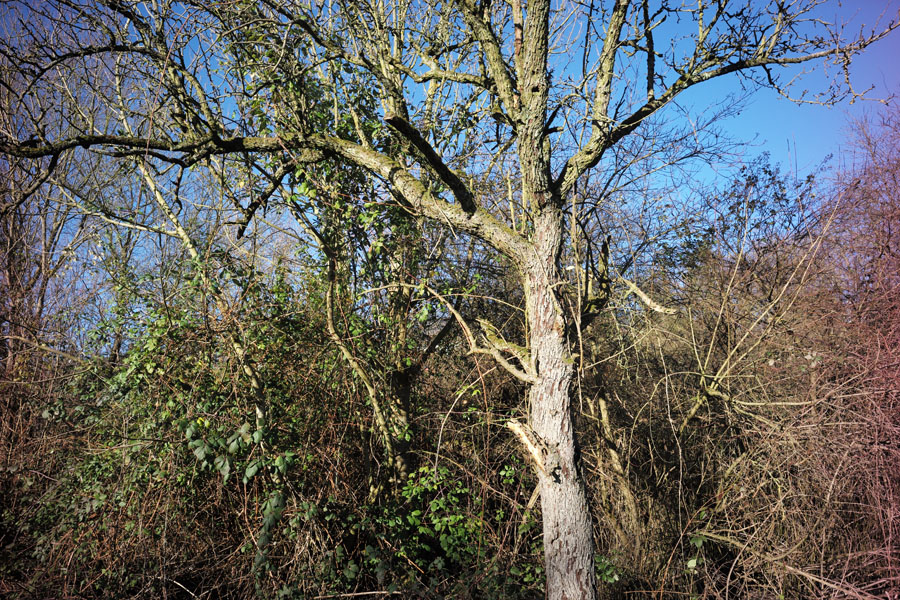 |
|
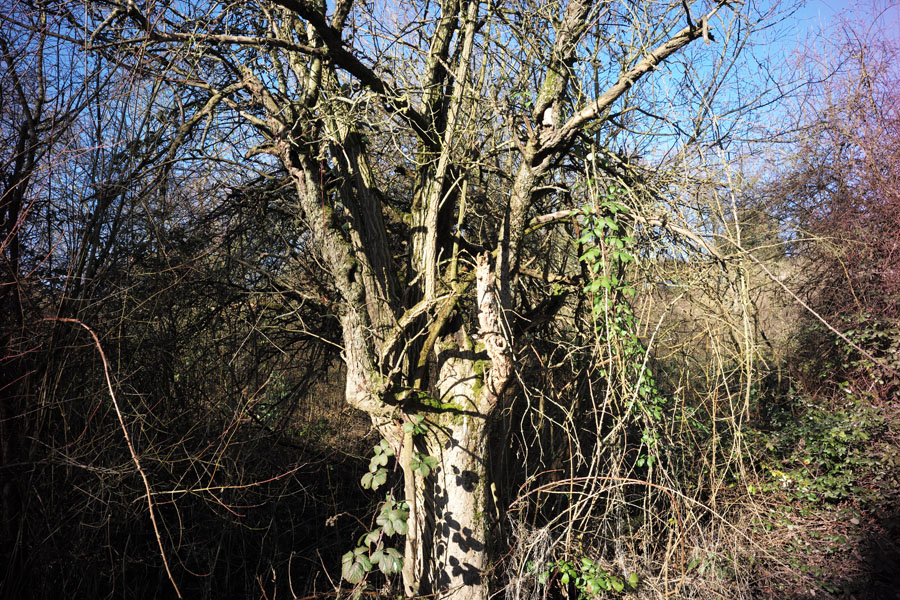 |
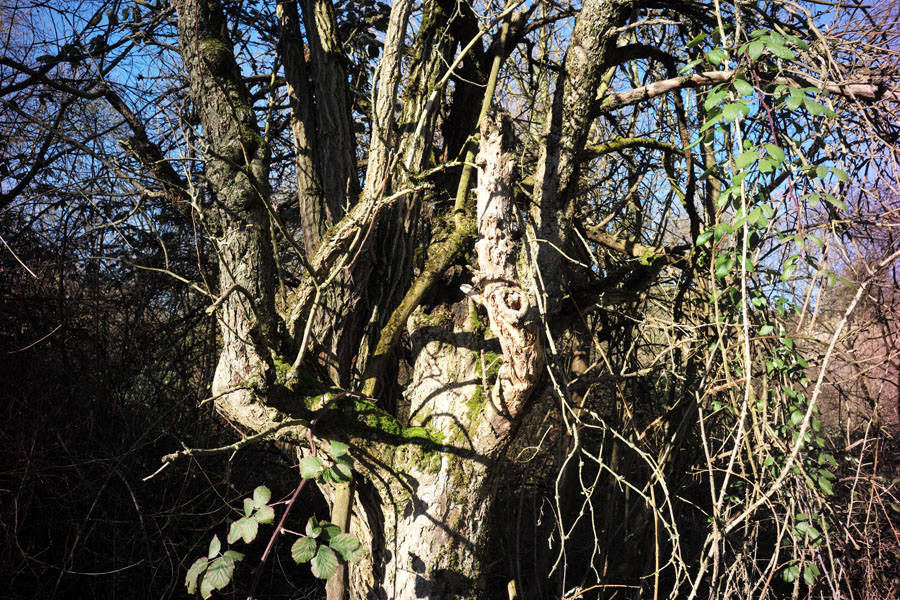 |
|
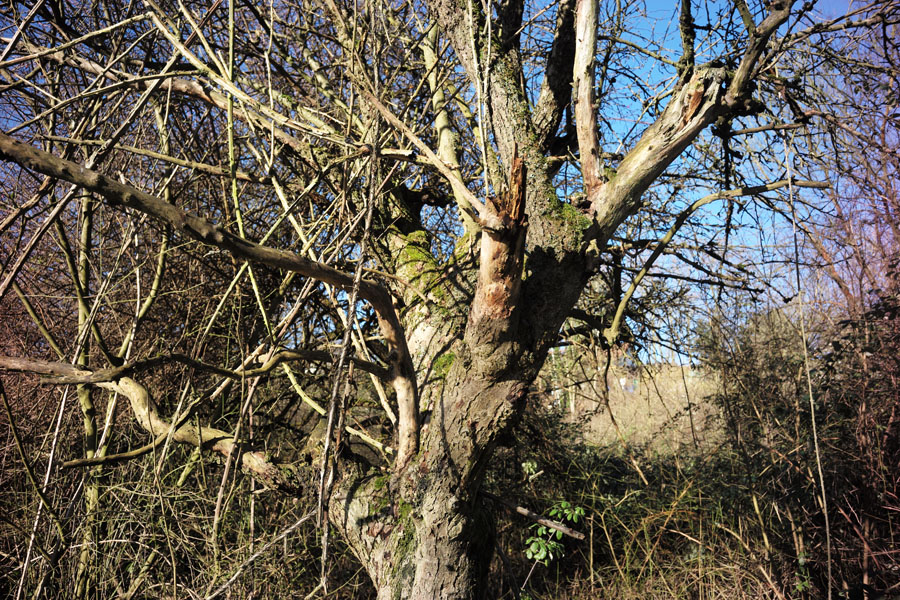 |
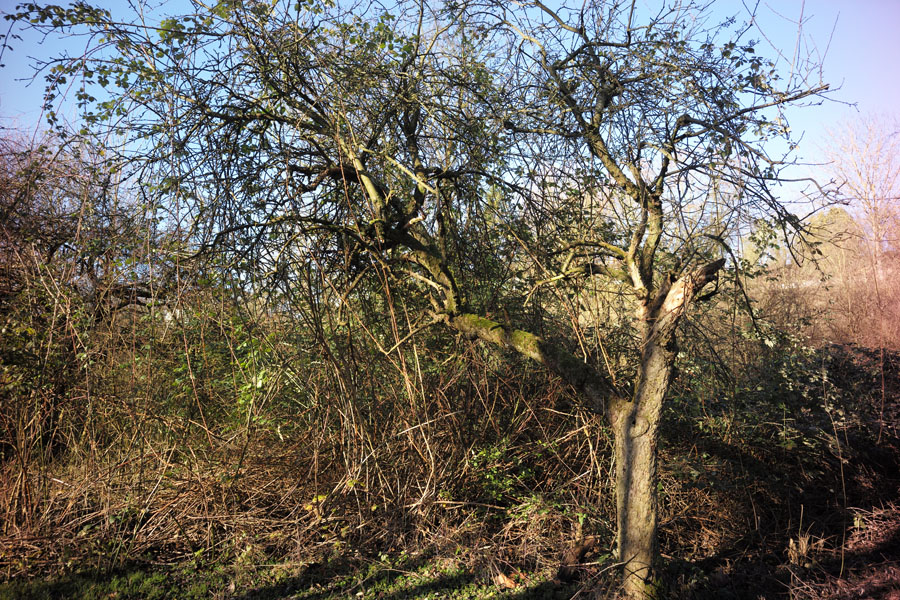 |
|
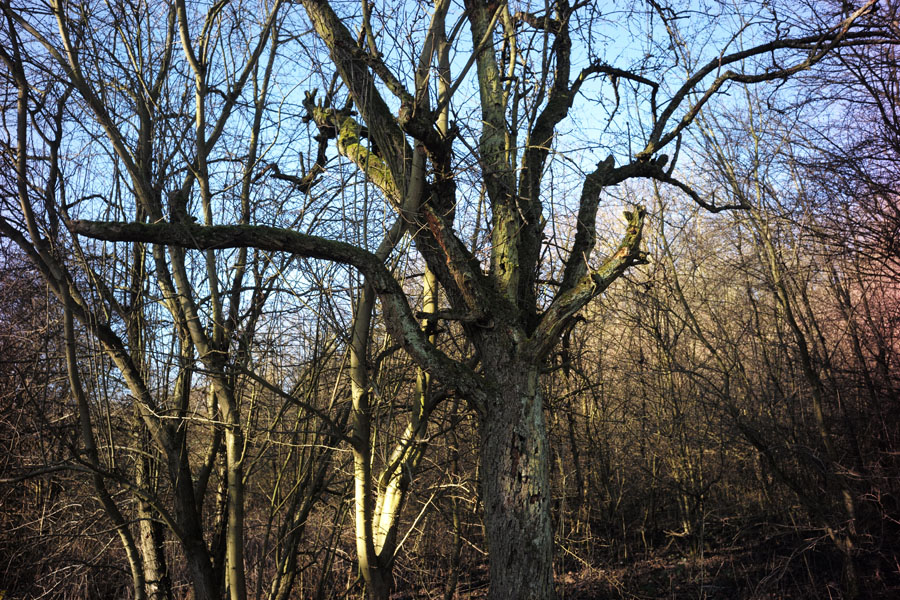 |
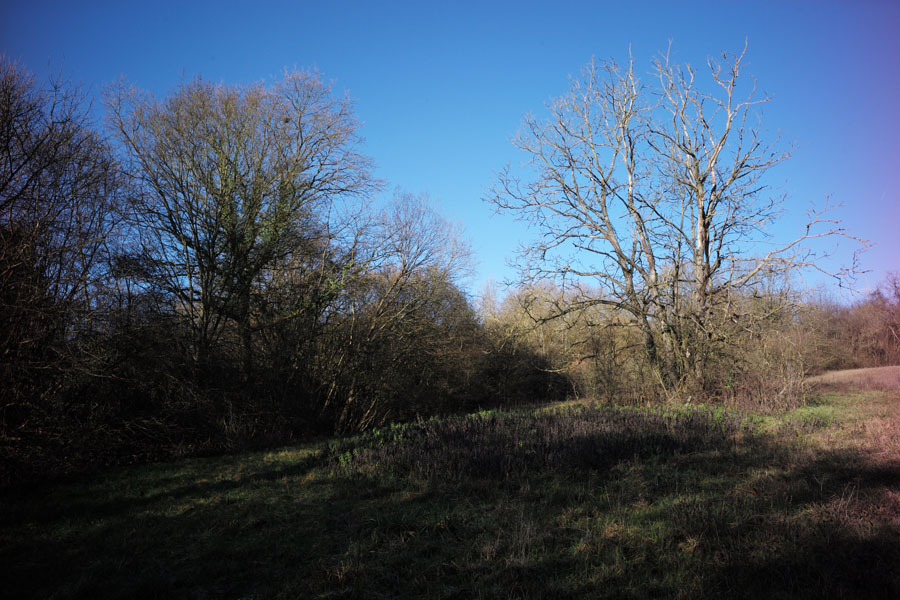 |
|
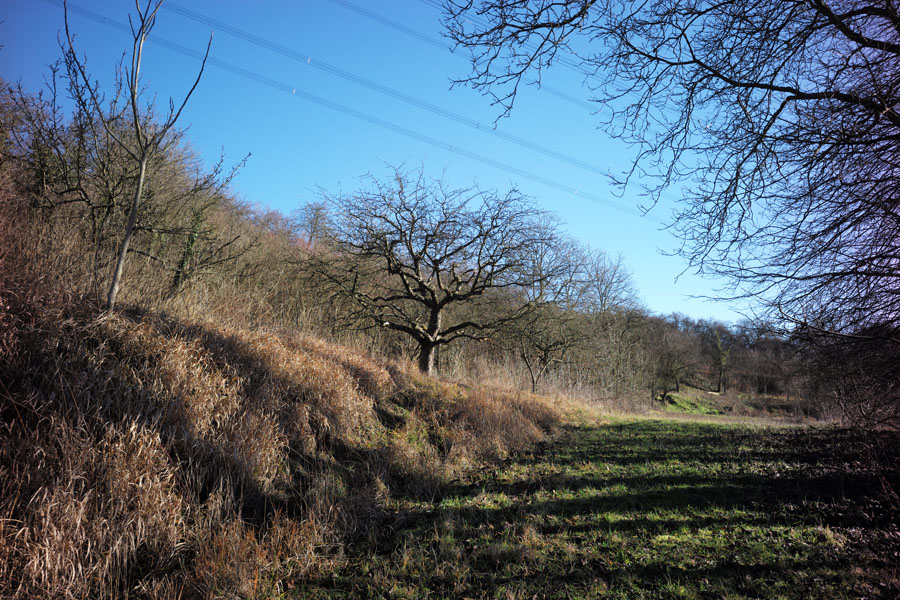 |
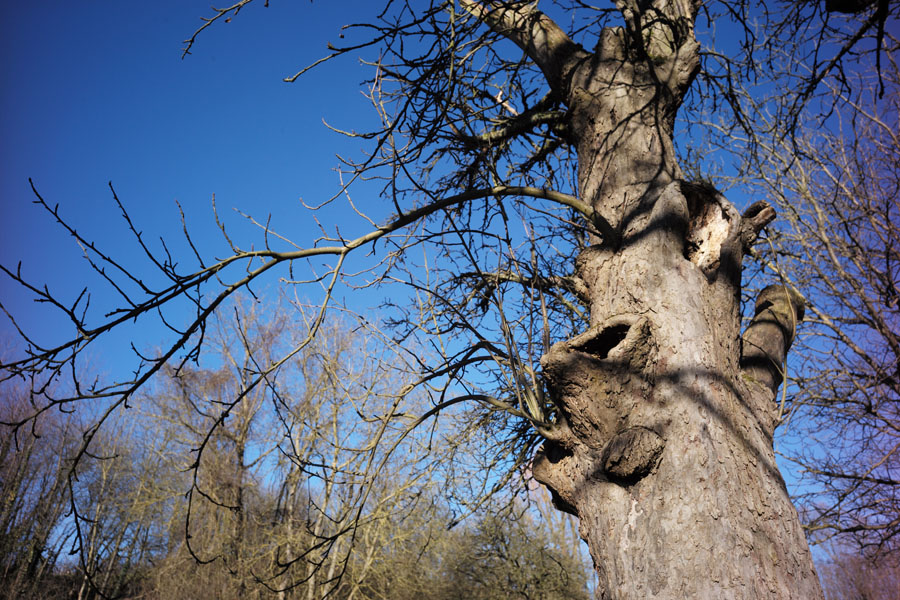 |
|
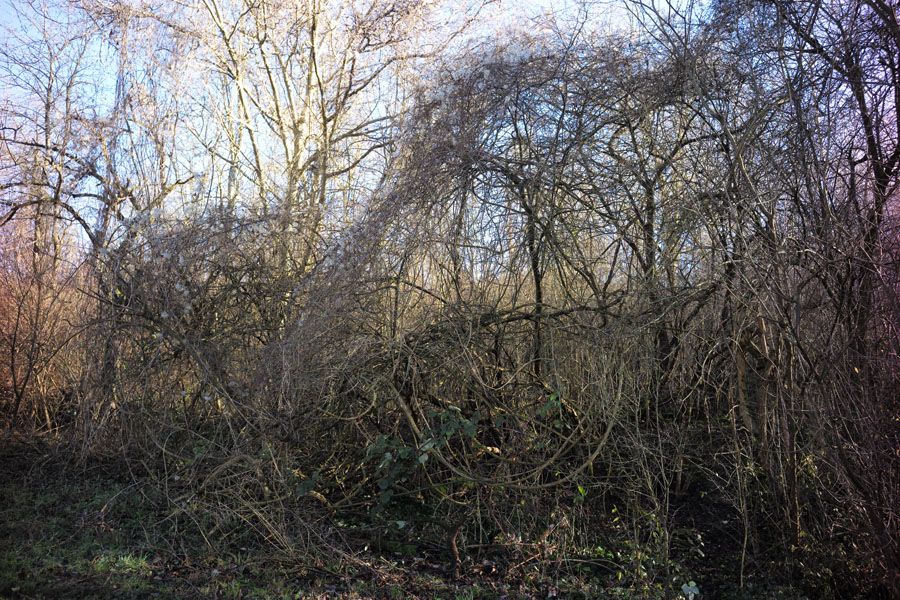 |
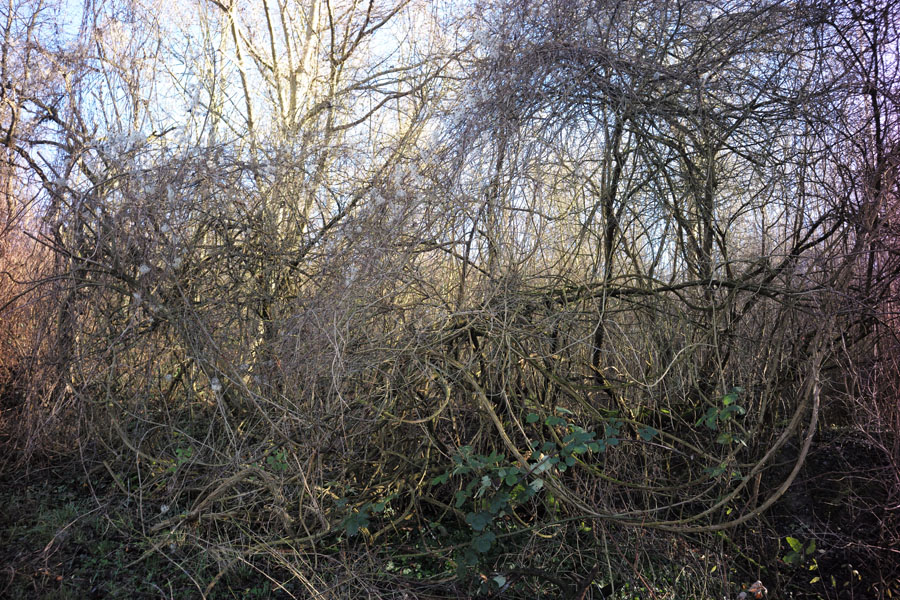 |
|
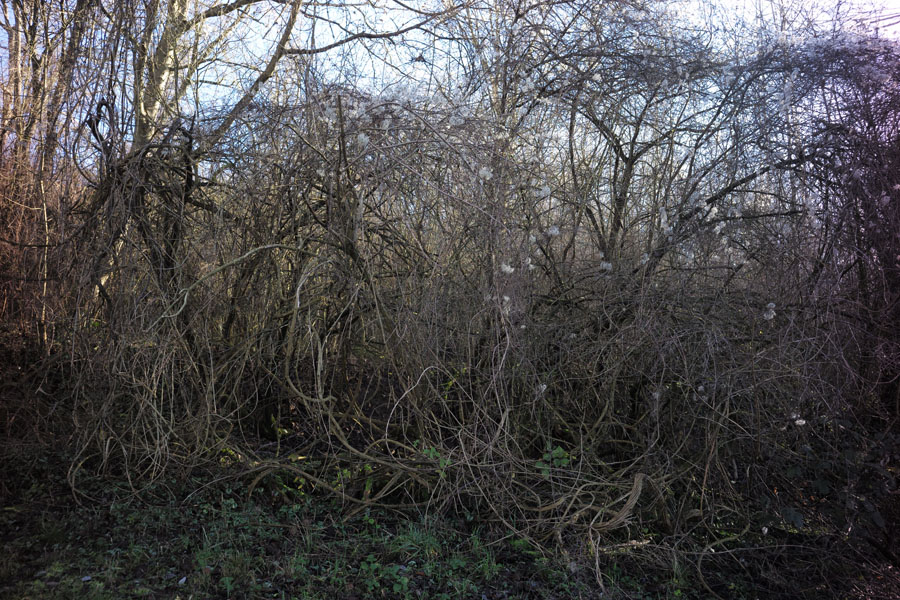 |
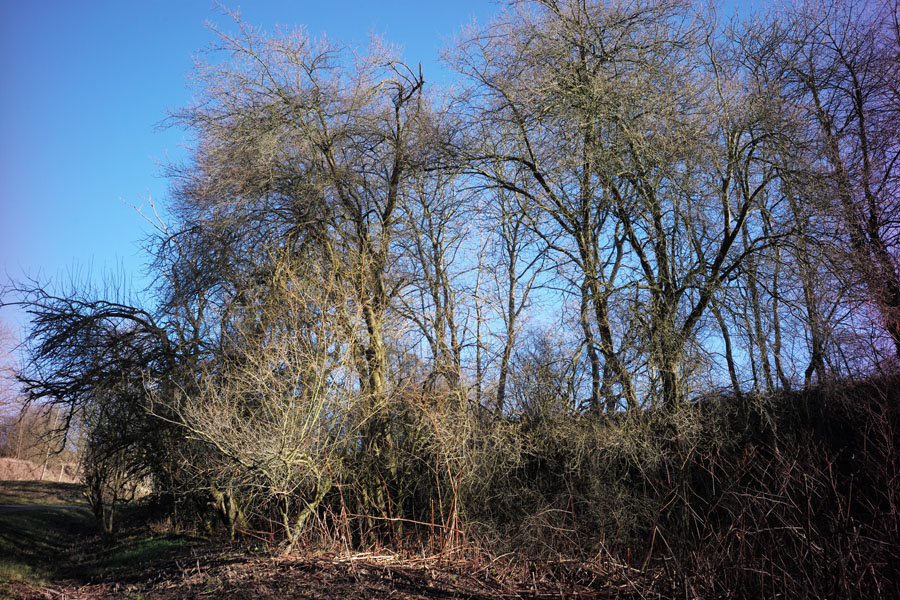 |
|
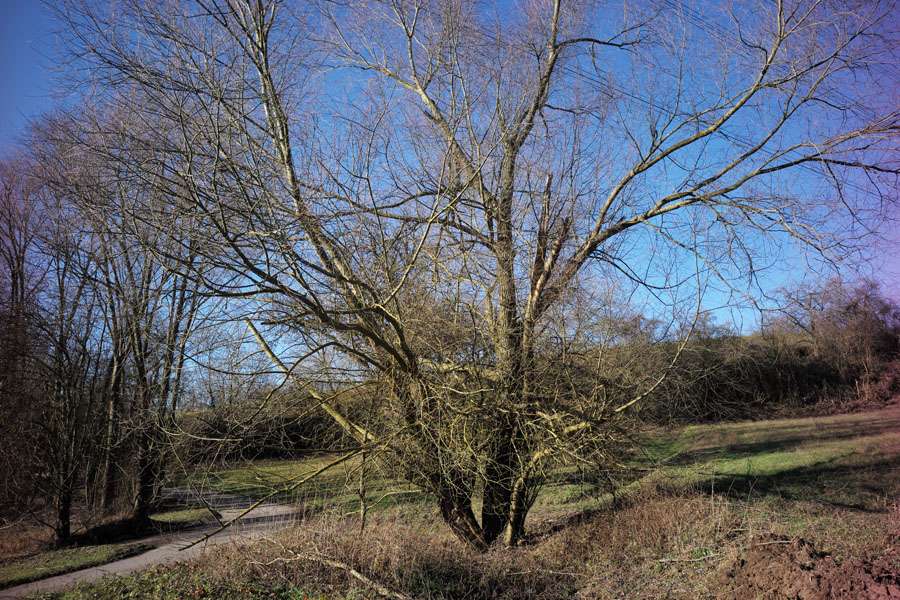 |
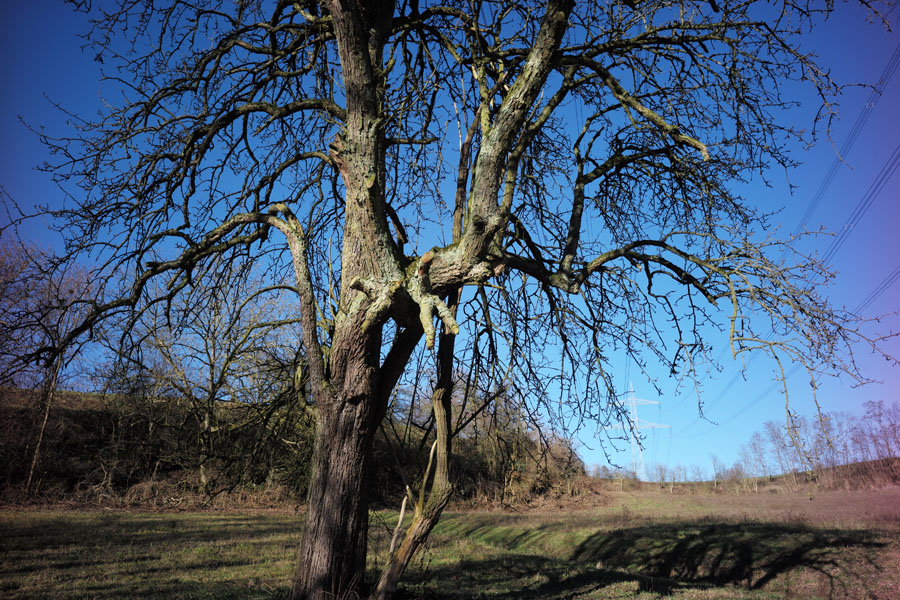 |
|
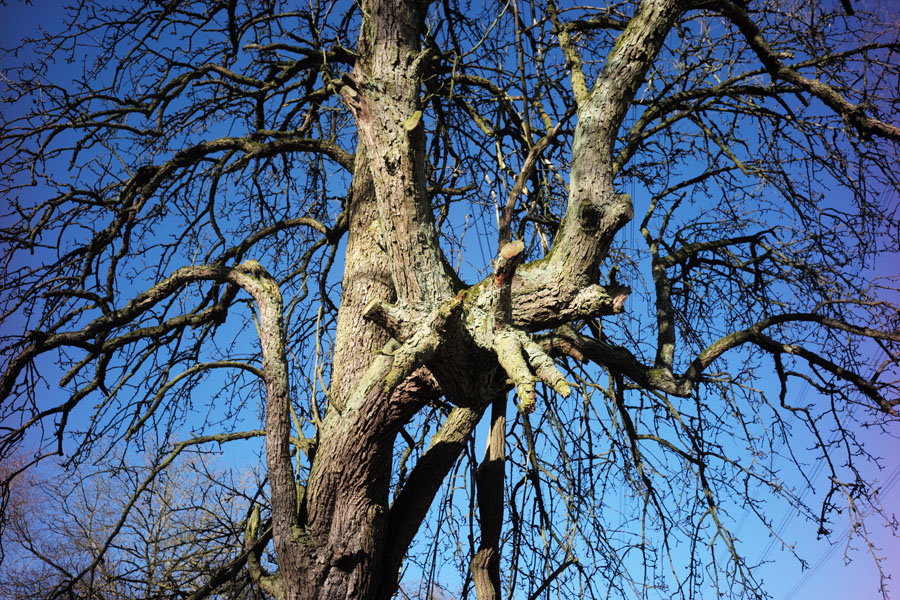 |
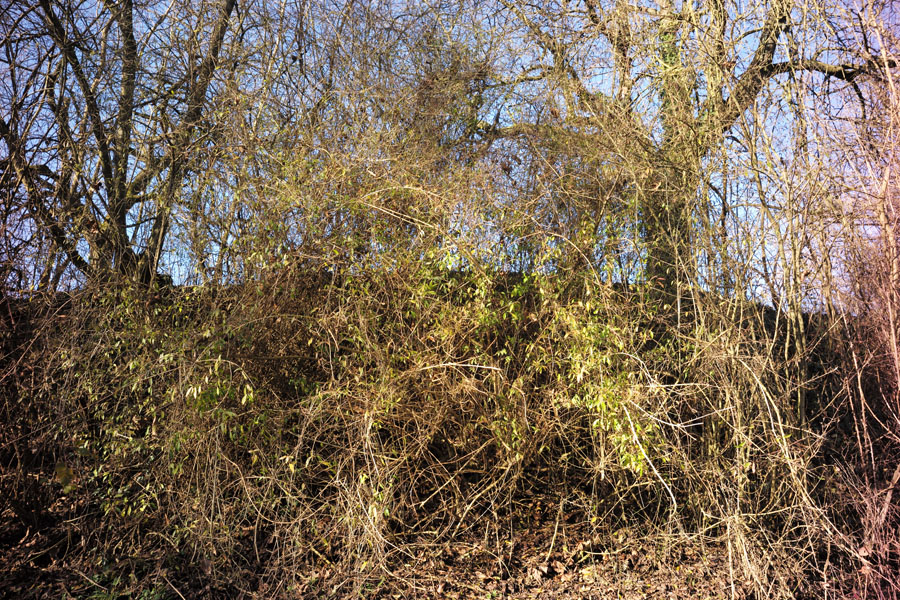 |
|
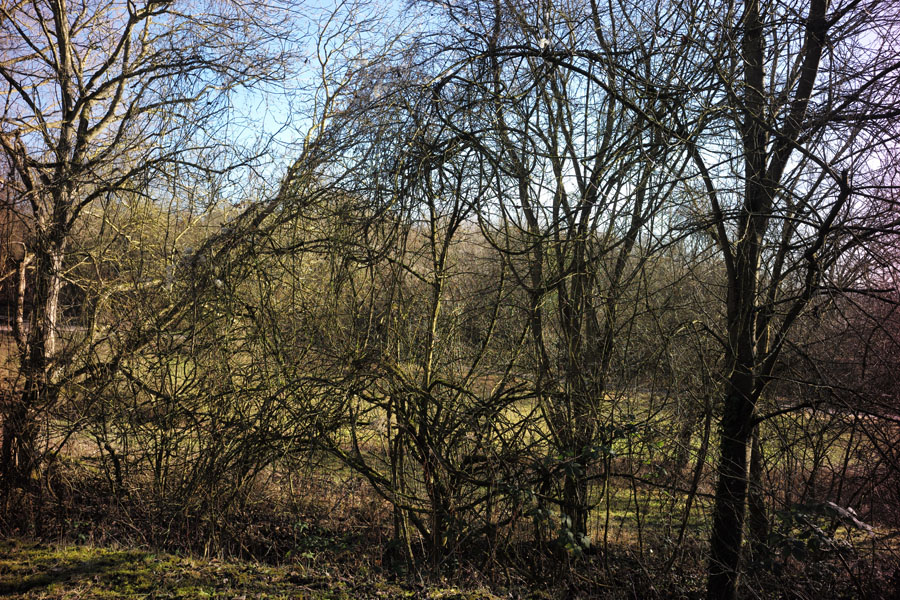 |
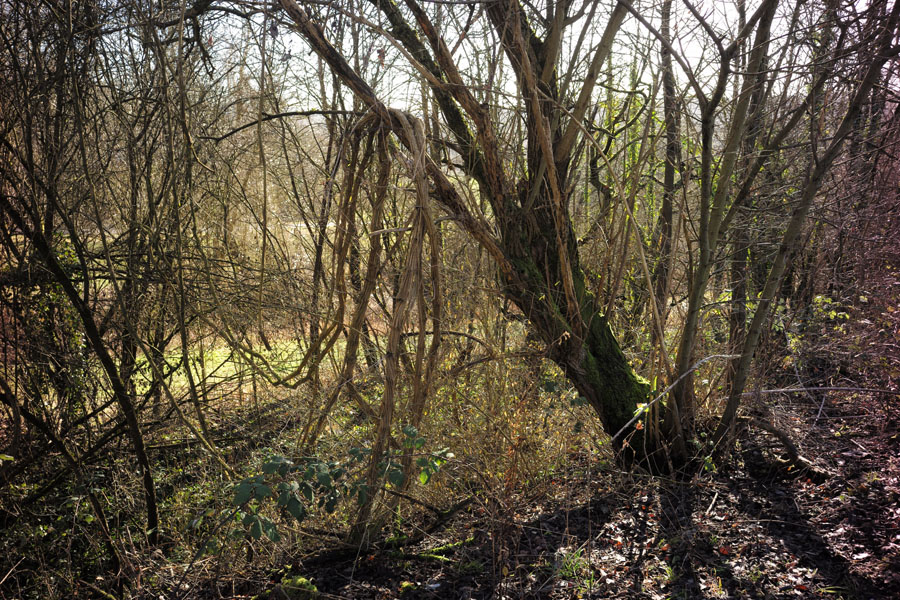 |
|
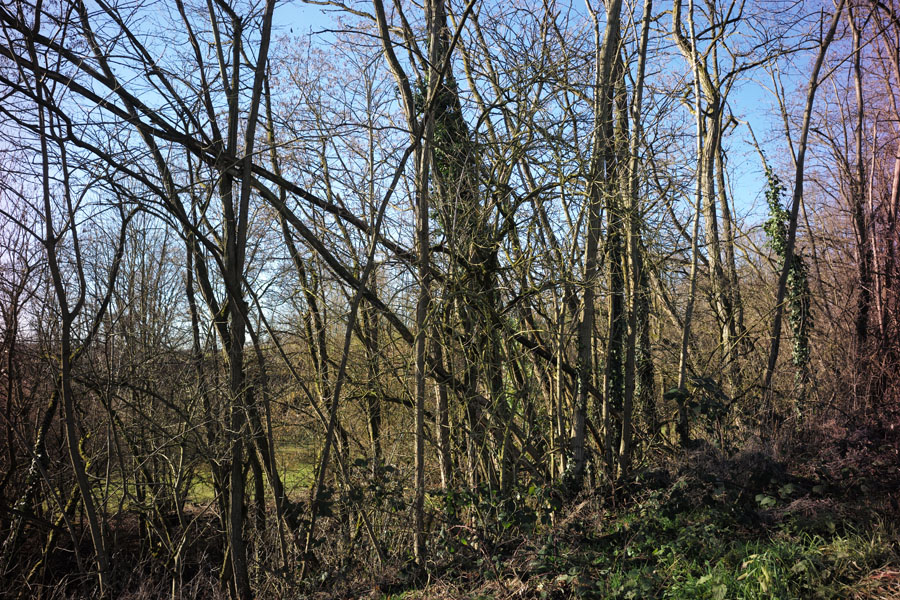 |
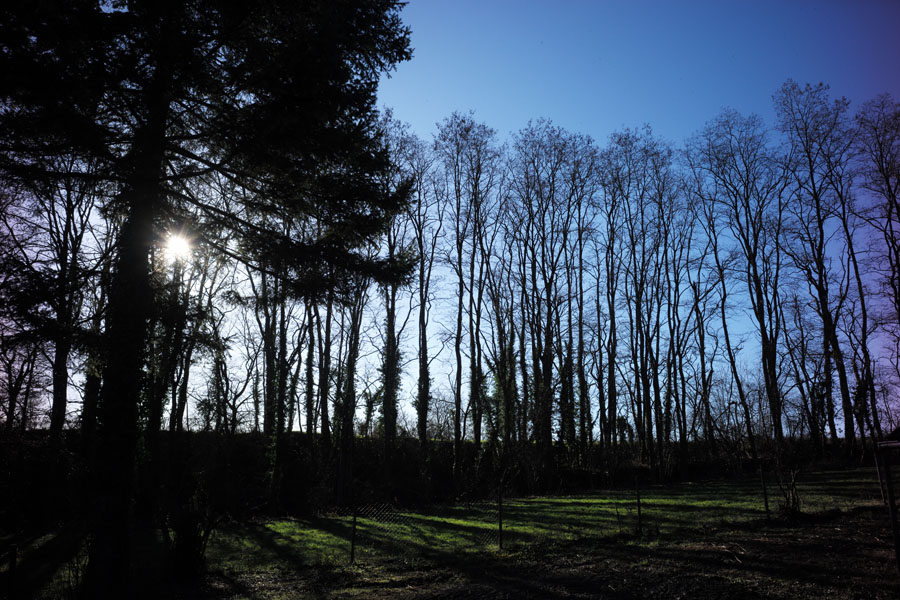 |
|
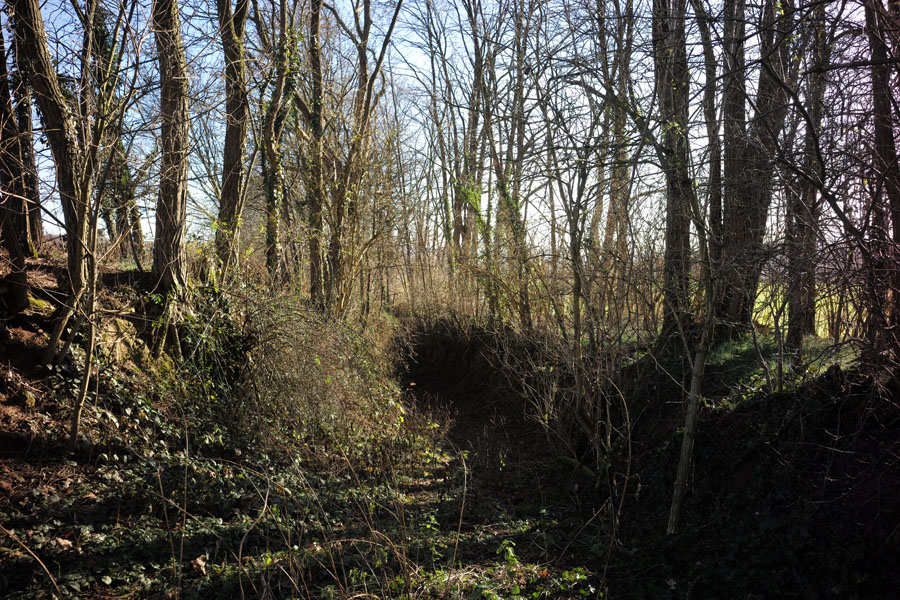 |
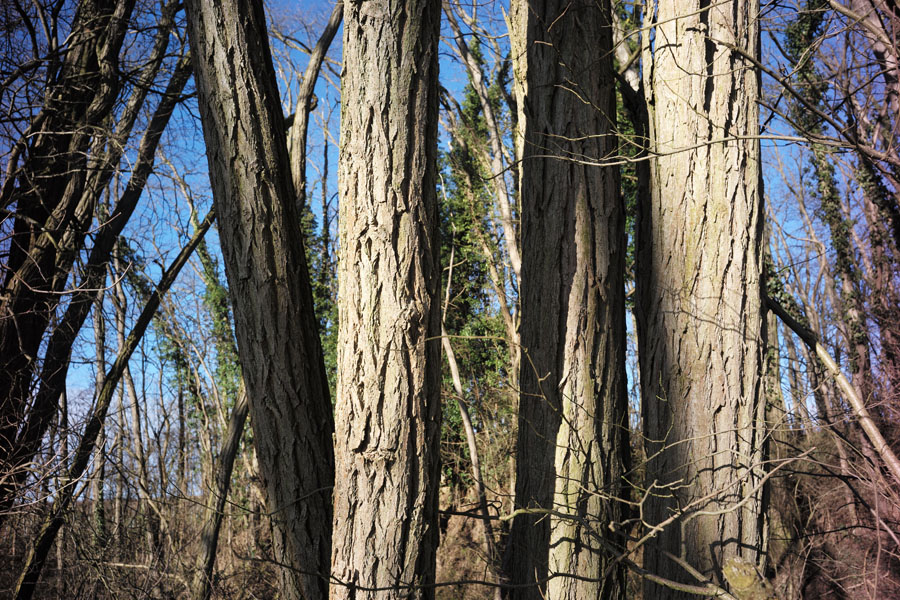 |
|
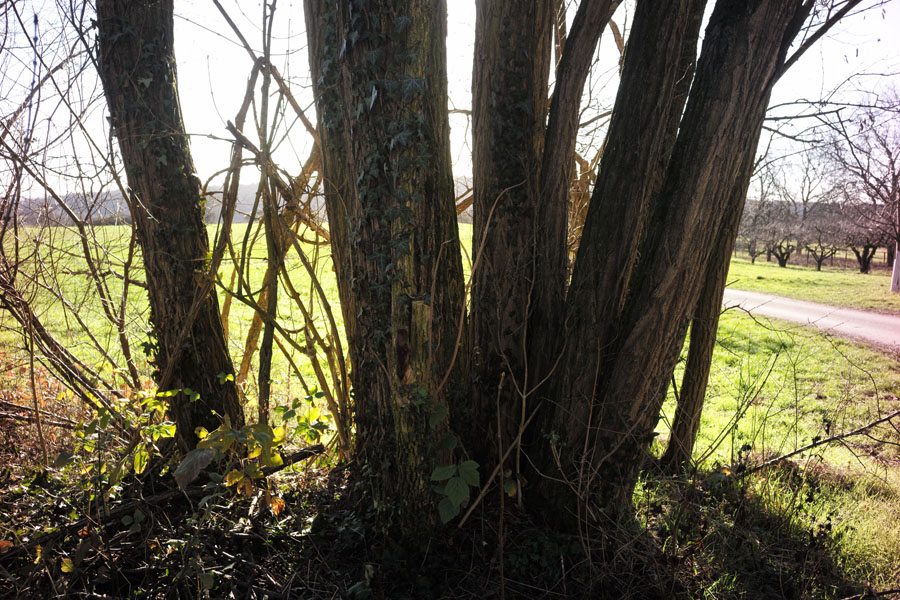 |
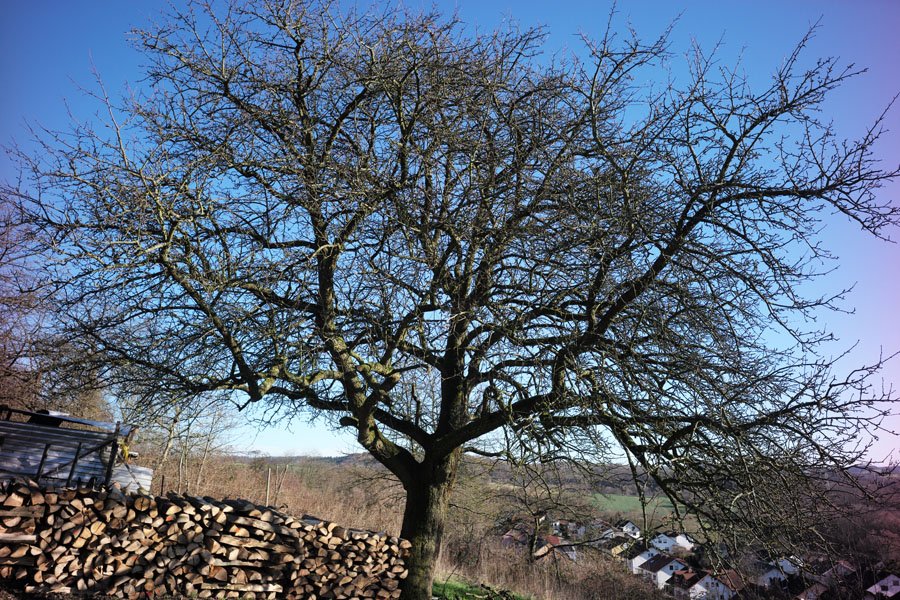 |
|
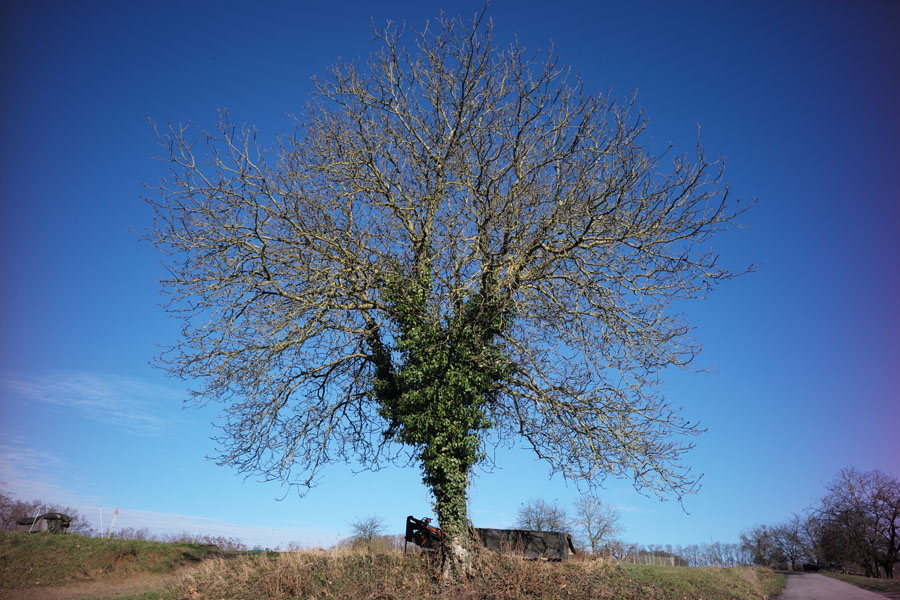 |
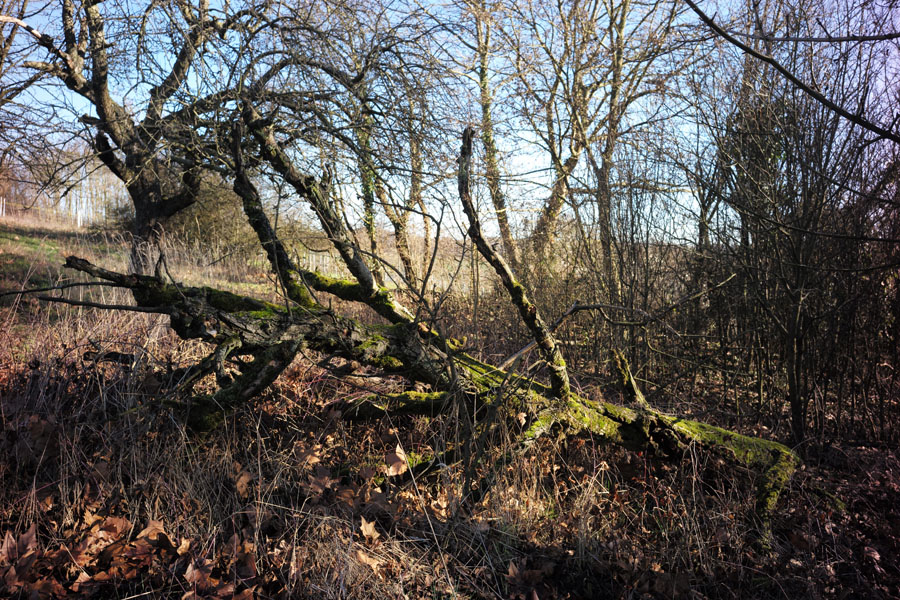 |
Close-Up Behavior
Smallest Object Field / Magnification
| Smallest object field | 943 x 628 mm (calculated), 953 mm (from photo*) |
| Magnification | 1:26.3 (calculated), 1:26.6 (from photo*) |
*) See photo below:
w = 953 mm; magnification = 35.8/953 = 1:26.6 (1:27)
Photo: Voigtländer Snapshot-Skopar 25mm f/4.0 lens (953 mm)
With Quenox Quenox Extension Tube for Leica M
Distance > |
Infinity | 0.7 m (closest) |
| Smallest object width | 89 mm* | 82 mm* |
| Magnification | 0.4 = 1:2.5 => approx. 1:2.5 | 0.44 = 1:2.3 => approx: 1:2.3 |
*) See photos below:
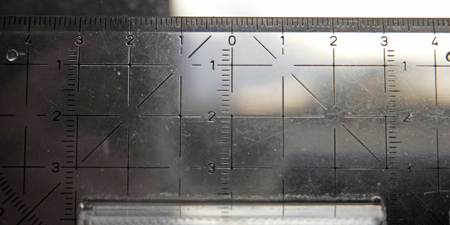 |
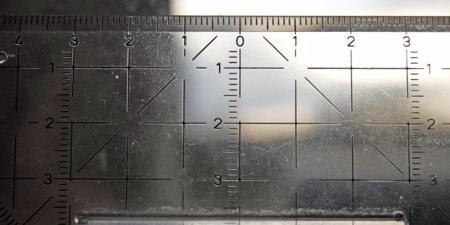 |
Photos: Test shots with Voigtländer Snapshot Skopar 25mm f/4 and Quenox Extension Tube for Leica M; distance set to infinity (left) or closest distance (right)
Closest Distance - No Color Shading Correction
The following photos are meant to demonstrate the lens' close-up behavior.
 |
 |
As a wide angle lens, the Voigtländer Snapshot-Skopar 25mm f/4.0 lens is not a "winner" in the close-up realm. This improves, however, dramatically if you use an extension tube like the Quenox Extension Tube for Leica M, which is a replacement for the now "extinct" Leitz OUFRO (16469Y) (1 cm). Here are a few samples taken with the Quenox extension tube (no files in original size):
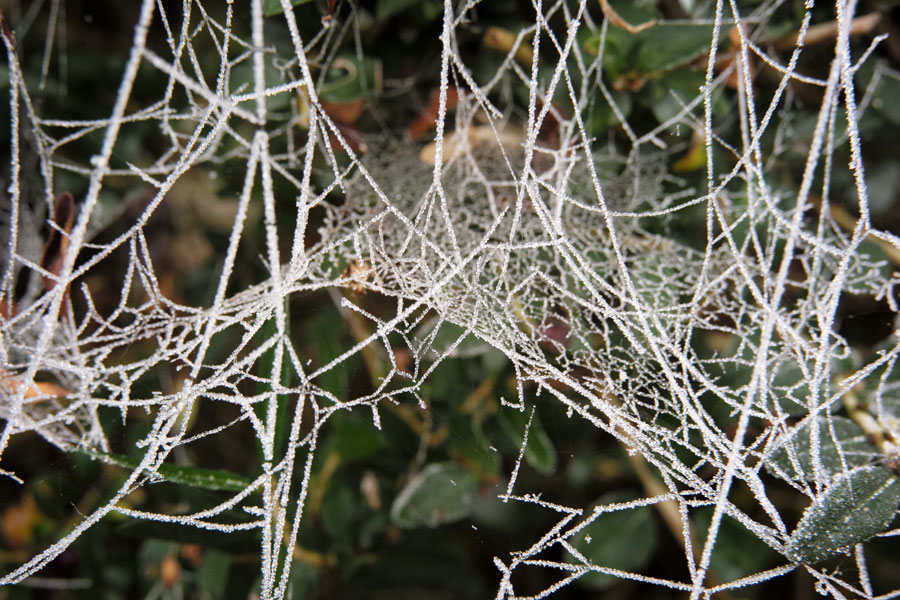 |
 |
|
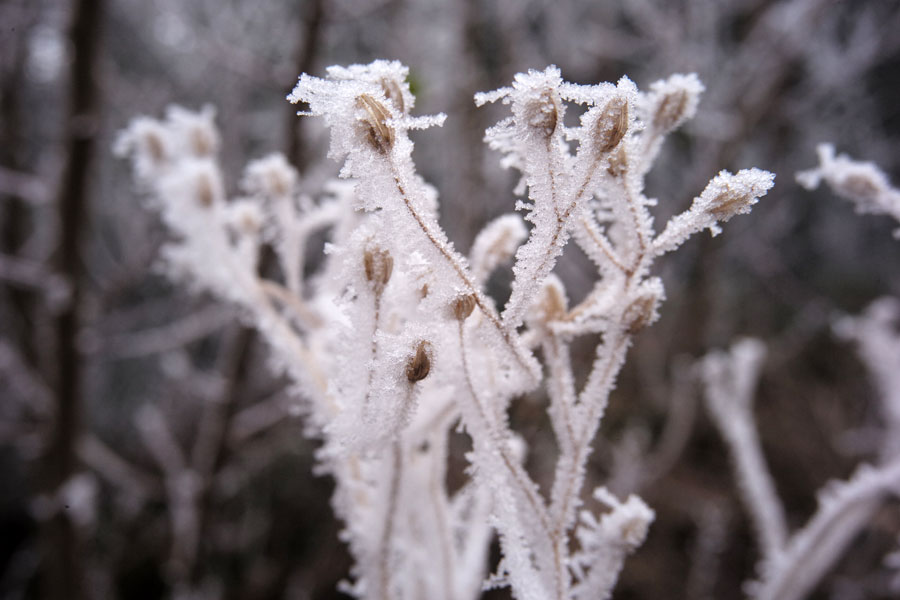 |
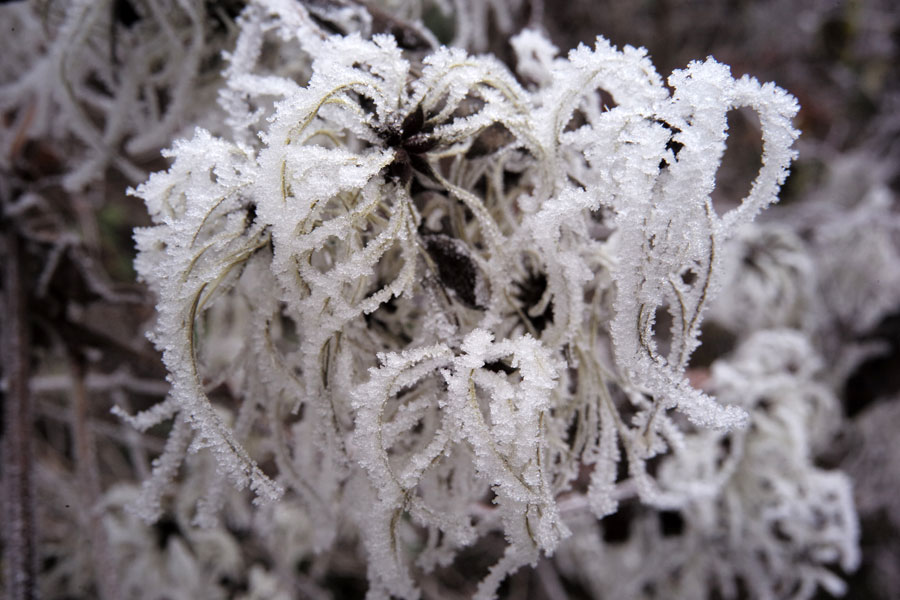 |
|
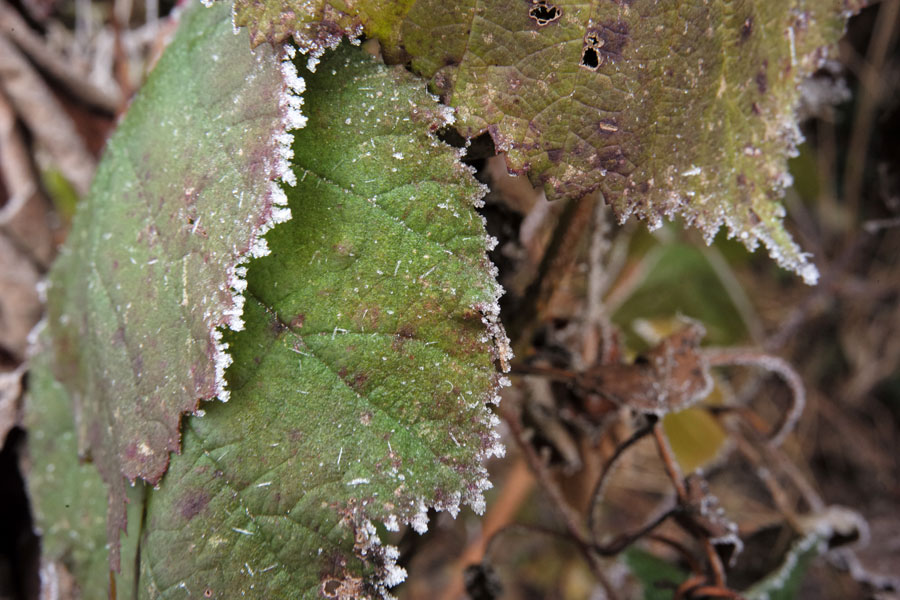 |
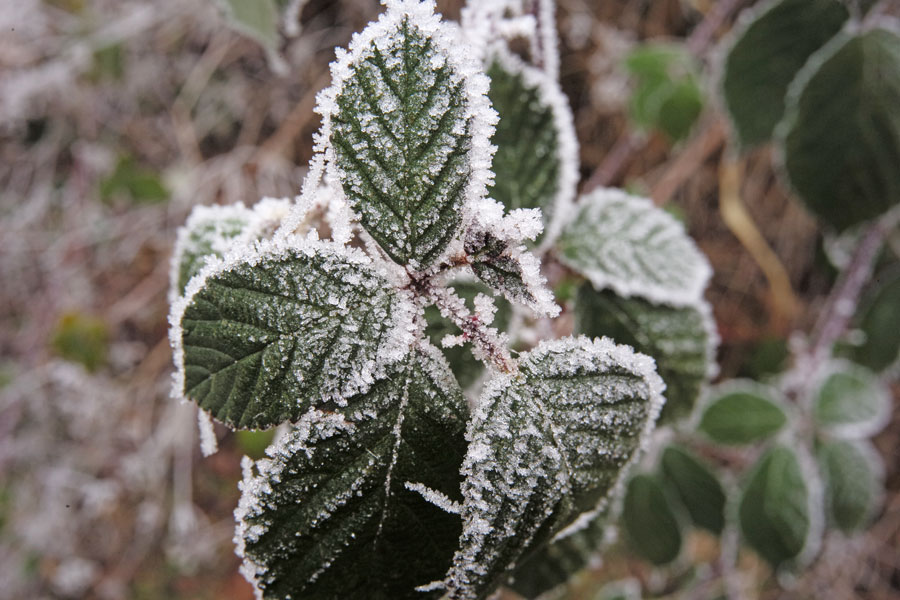 |
Conclusions
Disclaimer: I am not a lens expert who sees marked differences between various Leica and/or other lenses. I can check for soft corners, find differences in color rendition, and, in rare cases, may discover a "3D look", but that's all. Please regard therefore my conclusions as the verdict of a "layman".
First attempts with this lens revealed that it exhibits vignetting and a magenta color cast when used at the Leica M (Typ 240) (most of my lenses with a focal length below 50 mm do so, particularly those below 28 mm). The best manual lens setting that I was able to find, is the Elmarit-M 28mm f/2.8 ASPH. setting, but the results are not good enough that I will use this as a general setting, that is, the "setting of my choice". There are, however, some photos where you can hardly see the color shading with this setting. The "recommended" setting (Elmarit-M 28mm f/2.8 ASPH. 11606) cannot be used, because this is a new lens that cannot be set manually (you would have to code the lens)...
The color shading can be removed with the CornerFix application, if you shoot DNG and prepare a suitable lens profile file for CornerFix (see above). I tested this option and was pleasantly surprised. However, I had already decided to sell this lens when I did the test. So this test was more or less irrelevant for me...
Another thing that should be noted is: If I turn the distance ring, automatic magnification is not activated by my sample on the Leica M (Typ 240) - I have to turn magnification on manually. On the Elmar-M 24mm f/3.8, which is a similar lens with respect to the focal length, this works flawlessly...
Note: At the end of 2016, I decided to sell or give away my Voigtländer Snapshot-Skopar 25mm f/4.0 Pancake lens in favor of the Leica Elmar-M 24mm f/3.8 ASPH. lens in order to have less trouble and work with color shading. I gave it away in mid-January 2017 and finally sold it in November 2020. I am therefore no longer able to update this page or to answer questions about this lens.
Links
- The Voigtlander Snapshot-Skopar 25mm (Chris Blaubac; Sony NEX5n): http://blaubacphoto.wordpress.com/2013/03/05/the-voigtlander-snapshot-skopar-25mm/
- Voigtlander 25mm Snapshot-Skopar f/4 35mm Primes (photographyreview.com): www.photographyreview.com/cat/lenses/35mm-primes/voigtlander/25mm-snapshot-skopar-f-4/prd_85046_3111crx.aspx
- Voigtländer Snapshot-Skopar 4/25mm für M39 (Helge, digicamclub.de, in German): www.digicamclub.de/showthread.php?t=18914
| 04.07.2024 |
